
Here & Now
Geography is not destiny, and the Midwest is certainly no monoculture, even as broad-brush epithets like “The Heartland” and “Flyover Country” persist in the popular imagination. My interest in shining a light on Midwest-based studio practices did not arise from seeing a sameness among them, nor from the recognition of a regional style—quite the opposite. Here & Now, rather, is conceived in the spirit of regional pride, celebrating the rich diversity of well-crafted, narrative-driven design work originating in the Midwest today, while enthusiastically pushing back against the global design conversation’s stubborn attention bias toward the U.S. coasts and Europe.
Complementing the show’s regional lens, Here & Now frames contemporary handcrafted design objects within Idea House 3’s larger project: championing design’s capacity to communicate ideas that propel culture forward. In the last century, future-facing design discourse and the modernist movement that dominated it rallied around domestic objects designed for mass manufacturing and mass consumption. The most prominent voices at the time—including the Walker and its original Idea House programs in the 1940s—foregrounded modular forms conducive to efficient production and state-of-the-art, scalable technologies aimed at making ever more, ever cheaper goods. This vision, they believed, would be a democratizing force across communities and borders with the power to raise the standard of living for all.
Today, unfortunately, the flaws in such totalizing design thinking and the collateral damage it wrought are overwhelmingly evident. Modernists’ emphasis on scalability accelerated consumption as planned. What they did not foresee was the environmental destruction that followed in its wake. Their top-down, one-size-fits-all approach to resolving the relationship between form and function, moreover, helped entrench social inequities by erasing disparate personal, regional, and cultural expressions. Aspiring to learn from the past, progressive design thinking in the 21st century has revalued small-scale, sustainable production methods that predate the modernist era—and handcrafted design objects, with all their irreplicable, idiosyncratic expressivity, are experiencing a renaissance.
Each in its own way, the 30 studios featured in Here & Now—a mere sampling of the region's talent—embrace hands-on processes to create beyond-the-ordinary objects for domestic environments, skillfully manipulating materials within thoughtful conceptual frameworks to embody a range of narratives beyond straightforward utility. From traditional to experimental, their work reflects a spectrum of approaches to integrating form and function, informed not only by their media, surroundings, and experiences, but also by their engagement with an array of values-centric themes that currently energize contemporary cultural production around the world: identity, heritage, community, climate change, craft revival, craft innovation, and more. Each object presented in Here & Now serves a purpose in the life of the user while also manifesting the maker’s distinct points of view, whether it be personally, locally, or globally inspired.
The rhythmic scalloping, hand-carved botanical motifs, and richly grained woods of the Lyndon Collection by Aleiya Olu (Detroit), for instance, tell a story of place, paying homage to the historic, majority-Black neighborhood of Rosedale Park where the designer grew up, as well as more broadly to the Midwest’s long tradition of craftsmanship. Composed of foraged boulders set unadulterated atop simple, pedestal-like structures, the Given Collection by Sung Jang (Chicago) also commemorates local geography, specifically the innate natural beauty of the Great Lakes region’s mineral-rich bedrock. To strengthen the connection to place, Jang engraves each stone in the collection with numerical coordinates documenting where it was found.
For Norman Teague (Chicago) and Chris Schanck (Detroit), the communities that surround their studios shape their production processes even more so than their formal expressions. A fixture of Chicago’s South Side, Teague’s studio harnesses the power of representation, collaboration, apprenticeship, and mentorship to uplift Chicago’s BIPOC talent and culture. From his studio in an old factory in Detroit’s Banglatown, Schanck collaborates with local artists, students, and Bangladeshi craftspeople to fabricate vibrant, surrealistic furniture and objects using salvaged and industrial materials readily available in his working-class neighborhood. Highly sought after in the collectible design market, Schanck’s one-of-a-kind assemblages challenge conventions that divide the humble from the fine.
The use of humble materials to confound notions of value similarly underpins the work of Jack Craig (Detroit) and Ania Jaworska (Chicago/Berlin). Through hands-on, low-tech processes, often of his own invention, Craig transfigures the coarse and neglected—PVC pipes, off-the-shelf lumber, carpet remnants, discarded furniture—into iconoclastic objects of fascination. Trained as an architect, Jaworska designs critical objects to spark conversation around the cultural coding imprinted on our built environment. Her Brick Series plays with precepts of taste and authenticity by transferring the robust formal language of masonry, a defining element of most Midwest cities, onto a skin-deep, graphic veneer.
Pushing materials to reveal novel possibilities, both formal and functional, fuels the practices of Jonathan Muecke (St. Paul), Steven Haulenbeek (Chicago), and Aaron Blendowski (Detroit). Marrying architectural training with hands-on craftsmanship, Muecke has an aptitude for designing highly resolved, essentialist forms across a range of scales and materials. His latest collection of carbon-fiber furniture is made-to-order at relatively accessible prices, thanks to a highly efficient, proprietary technique he developed following years of research. Haulenbeek’s signature inventive processes include ice-cast bronze and sand casting. In his hands, raw natural elements yield counterintuitively refined and opulent furniture, lighting, and vessels. While working mostly by hand, Blendowski doesn’t shy away from exploiting the precise sculpting capabilities of digital technologies. A unique choreography of computer, machine, and manual skills imbues his complex metal forms with a warm tactility.
Around half of the studios featured in Here & Now are dedicated to a single medium. Even among those who share a material focus, however, the work manifests the individual perspectives and values of the makers. For example, Ebitenyefa Baralaye (Detroit), Jennefer Hoffmann (Chicago), and Mitch Iburg (St. Paul)—three of the eight ceramics artists in the show—all sculpt clay into objects of contemplation. Baralaye’s work references the formal language of traditional African pottery and African American art forms, especially musical genres like blues and gospel, to magnify cultural expressions that bind together the diaspora. Hoffmann’s work, in contrast, is more solitary, inspired by her own everyday life and ephemeral intuitions. Her irregular, fragile forms intentionally obscure the personal narratives she embeds in them, inviting viewers into a dialogue of interpretations. Working with foraged clay and minerals, Iburg creates unglazed vessels and monoliths reminiscent of ancient relics. He accentuates the innate character of his raw, local materials to prompt reflections on geological time, natural landscapes, and the urgency of the climate crisis.
Seth Keller (Ann Arbor) and Dawson Moore (Harbor Springs, Michigan) achieve heirloom-quality craftsmanship by applying their own approaches to traditional woodworking techniques. Partial to found and salvaged materials—like fallen trees encountered while visiting family in Minnesota—Keller excels at precise joins and carved details that inject his work with a contemporary sensibility. Moore, meanwhile, draws inspiration from a 19th-century Scandinavian handcraft movement called Sloyd, grounded in values of self-sufficiency, respect for natural resources, and seeing the beauty in the practical. Using native woods harvested from his multi-generation family farm, he works across scales to craft a range of time-honored vernacular forms, from handheld utensils to Windsor chairs.
Cody Norman (Chicago) and Tanner Bowman (Chicago) both take imaginative, labor-intensive approaches to working with the nontraditional craft medium of plastic. Driven by a sense of duty to keep as much plastic out of landfills as he can, Norman practices at the intersection of craft, technology, and social good in a studio filled with organized crates of discarded water bottles, detergent jugs, chairs, toys, and more. Aided by shredders, extruders, and even a robot arm, Norman upcycles trash into collectible design treasures, like tabletop vessels and sculptural chairs. Bowman’s practice, in contrast, is driven by a decidedly humanistic mission: creating maximalist objects that spread joy and cheerlead queer culture. Inspired by memories of childhood play, he meticulously handcrafts his Gogo Lampshades, often over weeks, using only colorful Perler beads and pipe cleaners.
As the debut “Guest House” of the Walker’s new Idea House 3, Here & Now foregrounds Midwest-made design objects that are as unique and complex as their makers, underscoring the capacity of smaller-scale, hands-on approaches to communicate more personal and, in turn, more affective and diverse narratives—the antithesis of last century’s definition of cutting-edge design. Of course, between then and now, our collective understanding of the world and our place in it has been profoundly transformed, at least for most of us. The challenges that define our moment, from the climate crisis to the rise of anti-democratic political forces, can only be met through cooperative, collective action. Not only do we need to consume fewer and longer-lasting things, but we must also seek out ways of strengthening our connections to one another. Narratives, whether conveyed through words or objects, play a vital role in forging these unifying connections. While not a panacea, craft is a potent vehicle of storytelling that multiplies the voices we listen to as we formulate a vision for the world we hope to inhabit tomorrow.▪︎
Experience this works and more in Idea House 3, located within the Walker Art Center. Open during regular museum hours, by appointment, or anytime on shop.walkerart.org.
Want to learn more about Idea House and the designer's involved? Discover the rest of the series Houses of Ideas on the Walker Reader.
Wava Carpenter is co-Editor In Chief for Design Miami's Forum Magazine. Since graduating with an MA in Design History from Parsons and Cooper-Hewitt, she has built an international reputation for curating design-focused cultural and commercial exhibitions, writing scholarly and popular texts, producing lectures and events, jurying and overseeing awards, and creating online and IRL platforms—all to uplift the global design community. In 2019, she teamed up with Anna Carnick, co-Editor In Chief of Forum Magazine, to found Anava Projects, an agency devoted to supporting and promoting design-for-good.

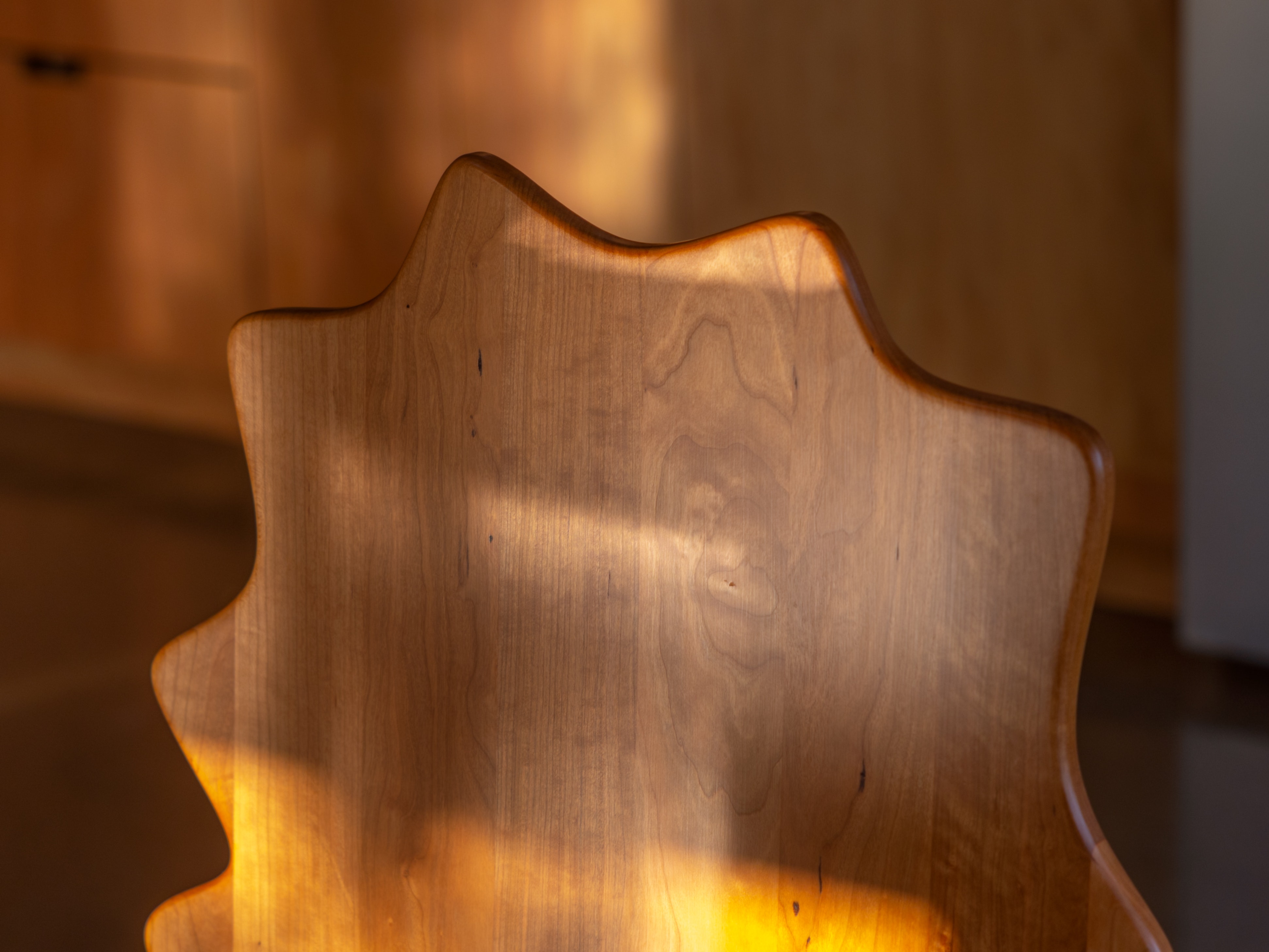



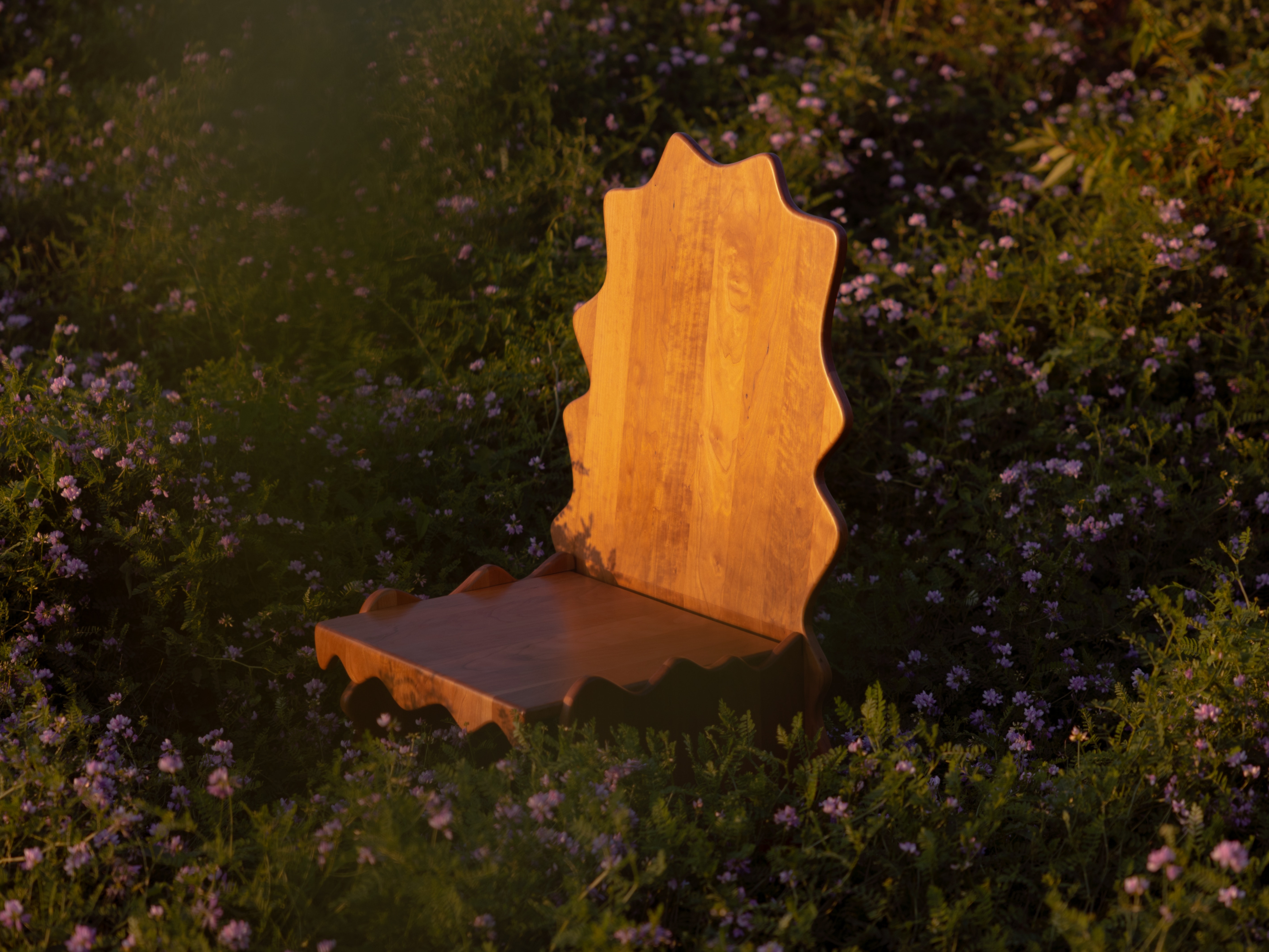
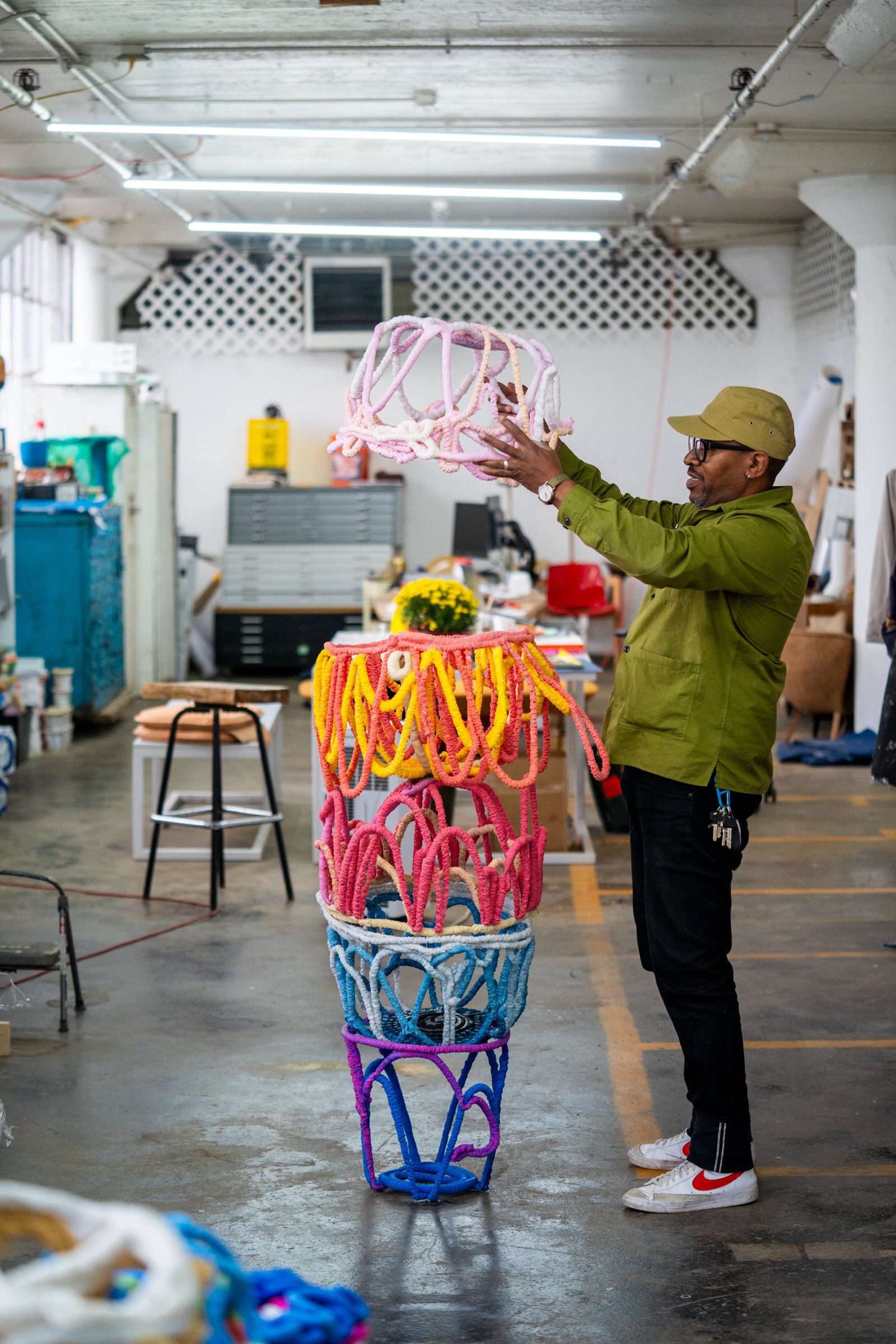
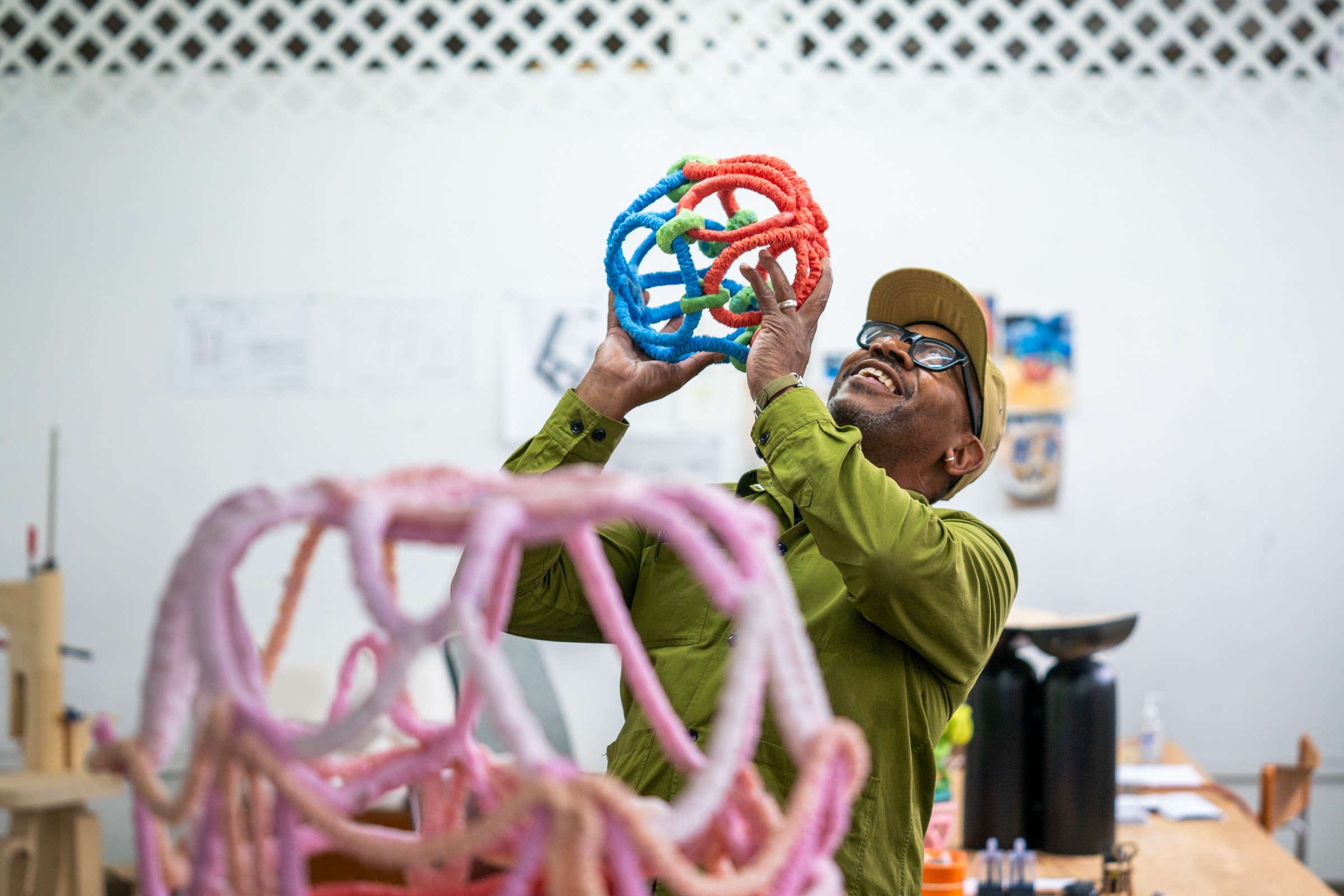

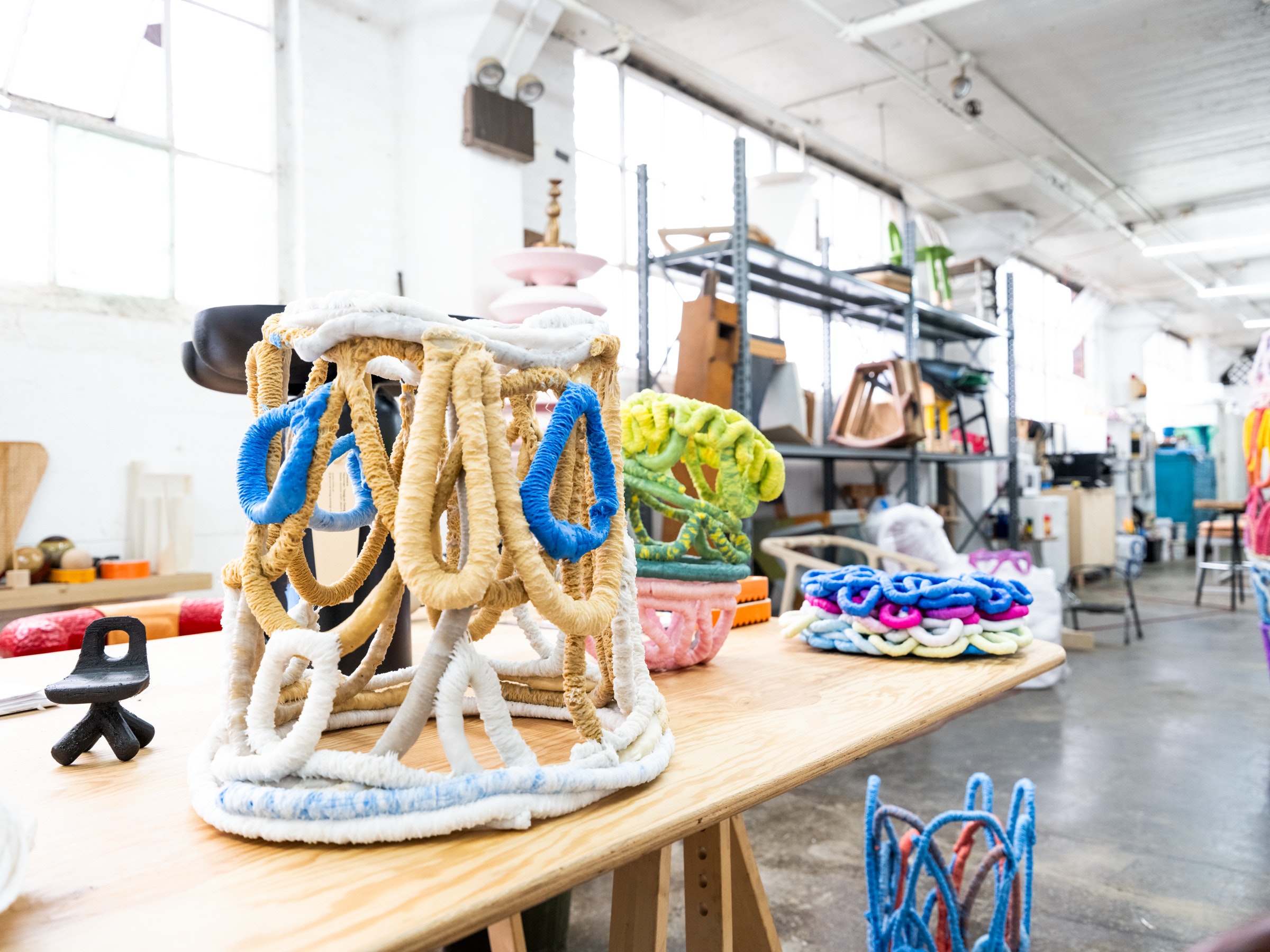
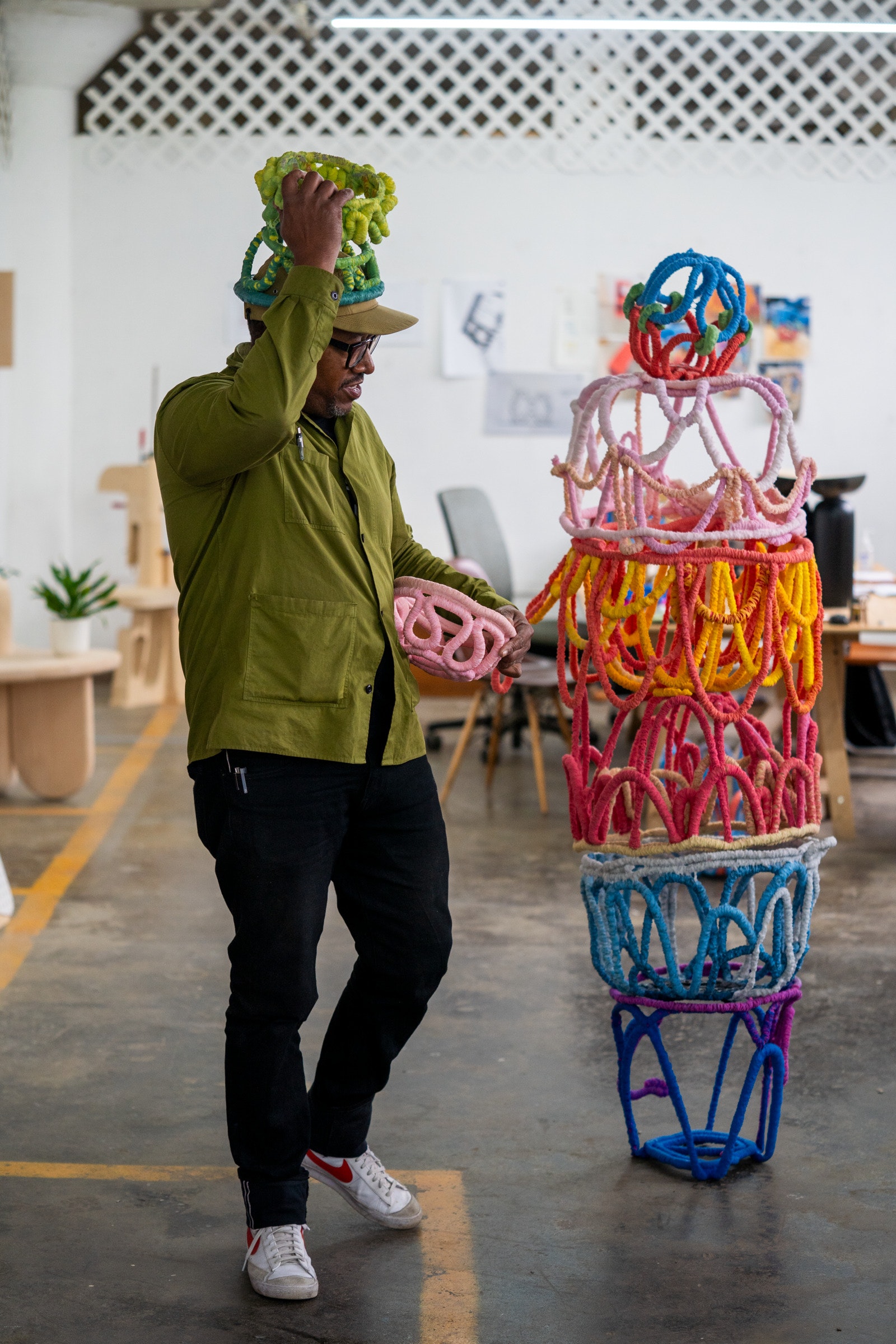
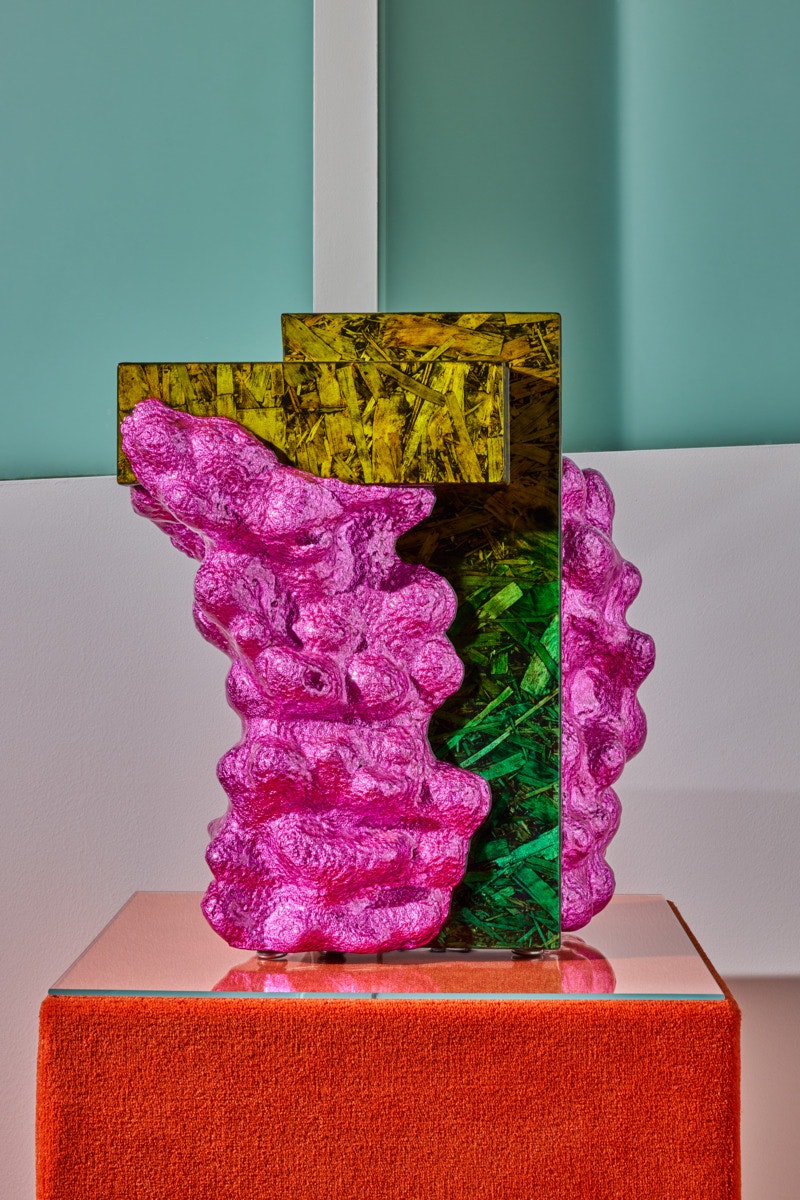
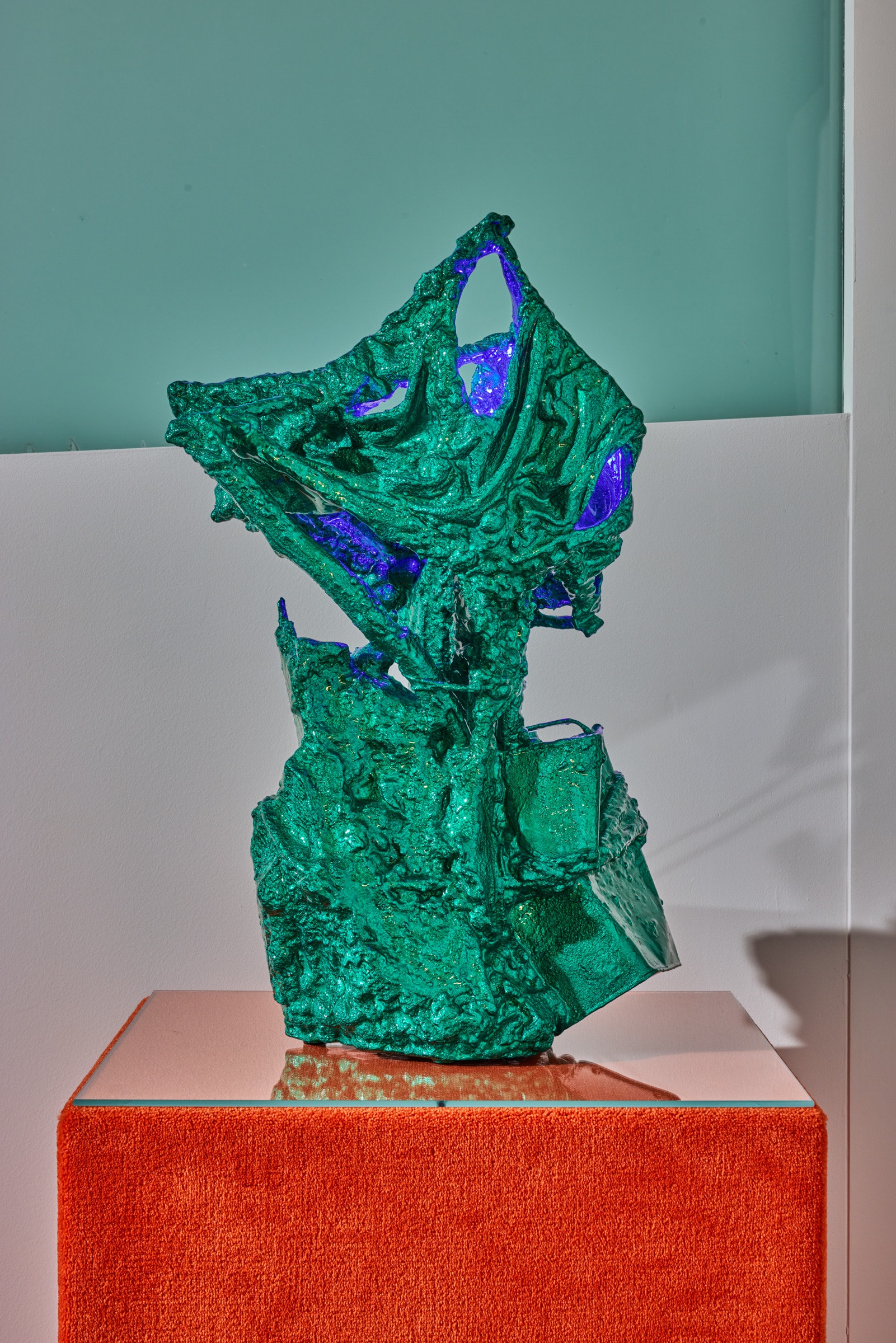
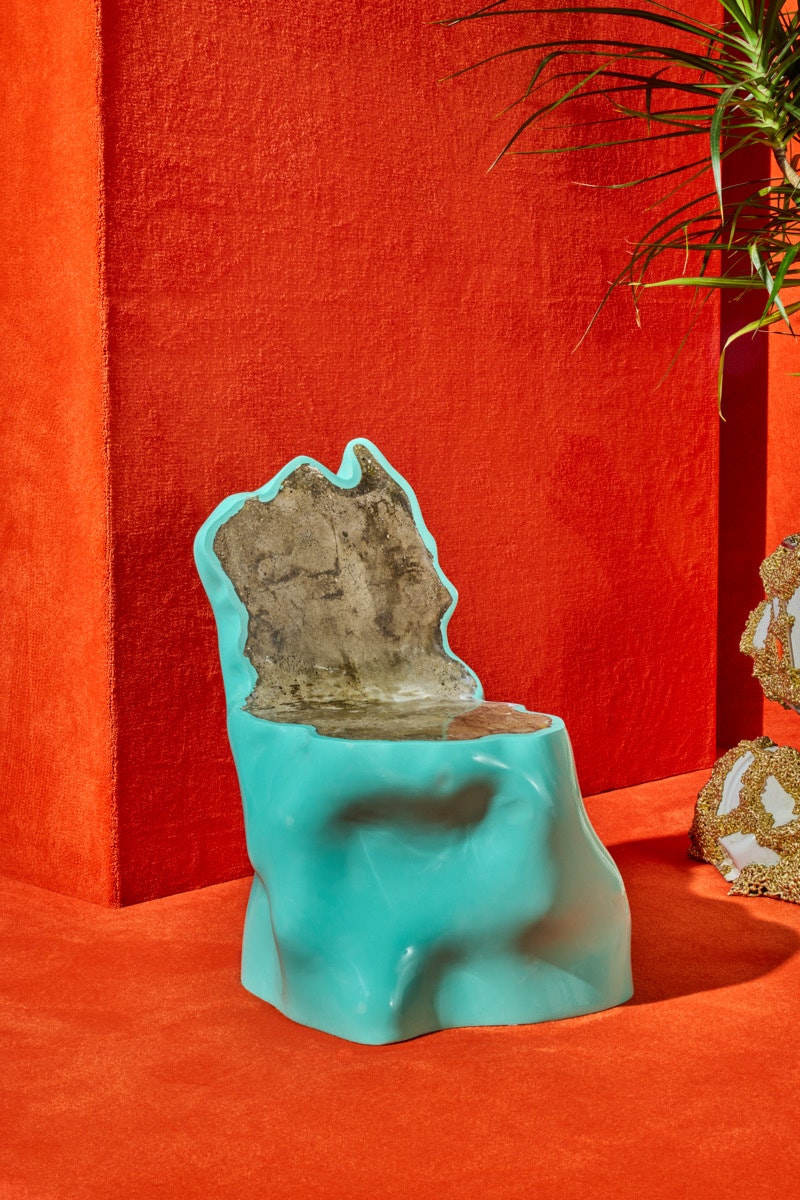
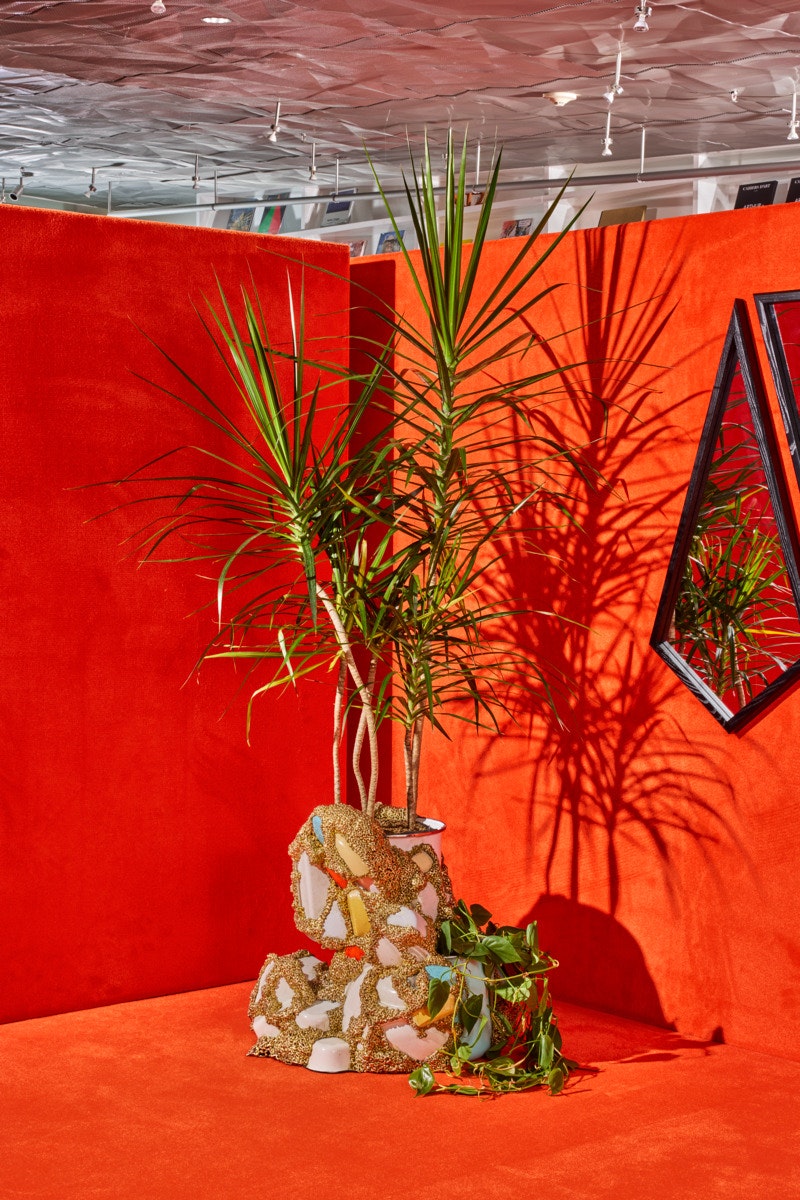
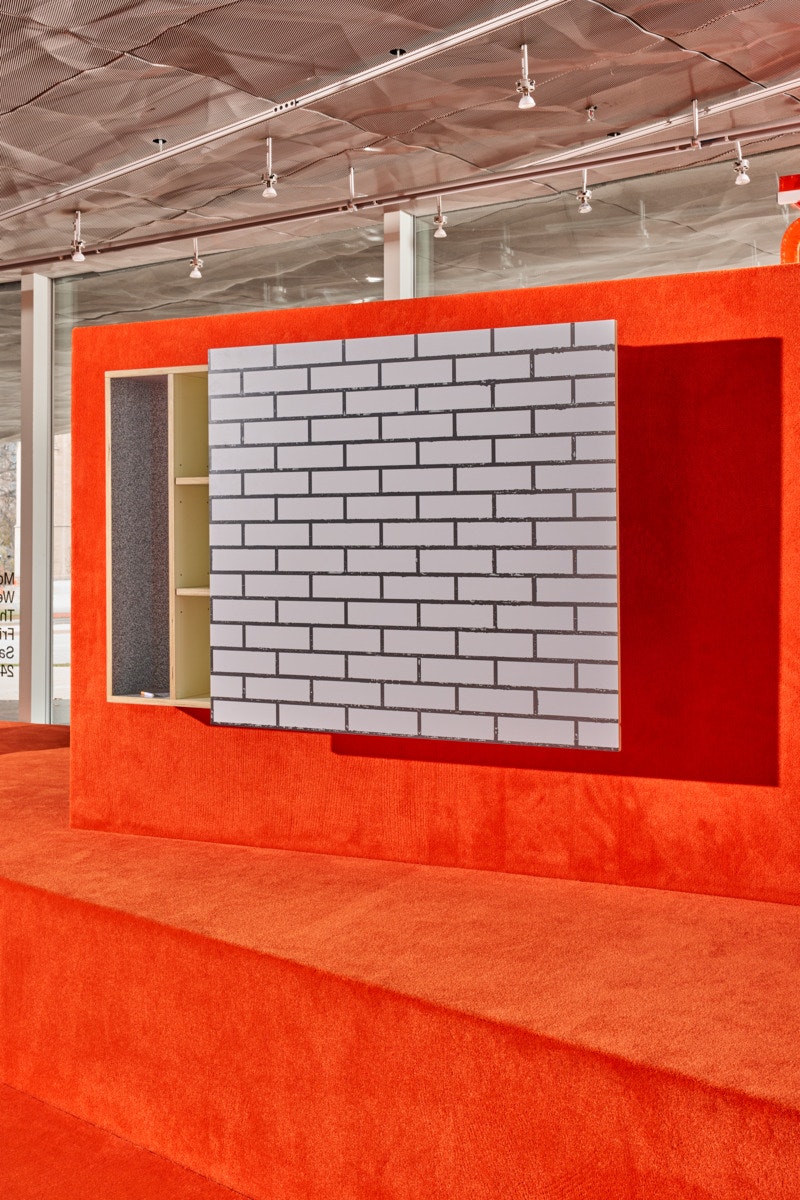
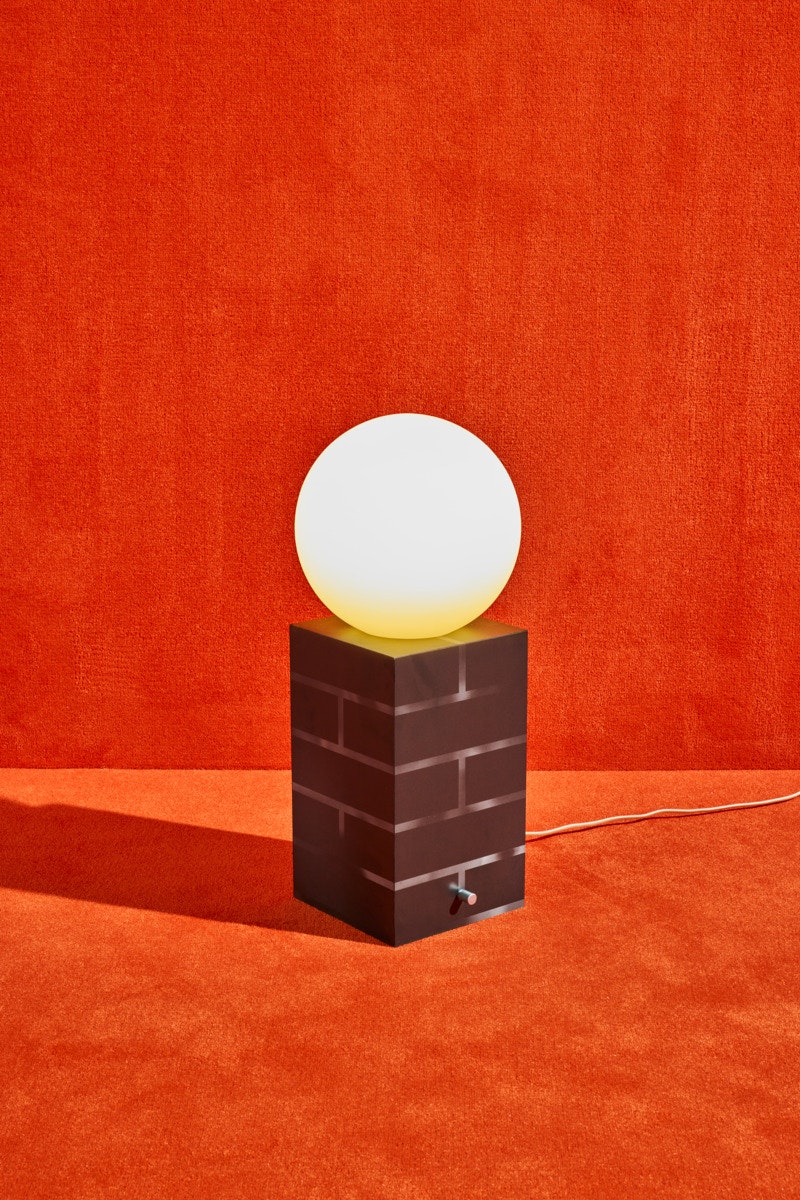
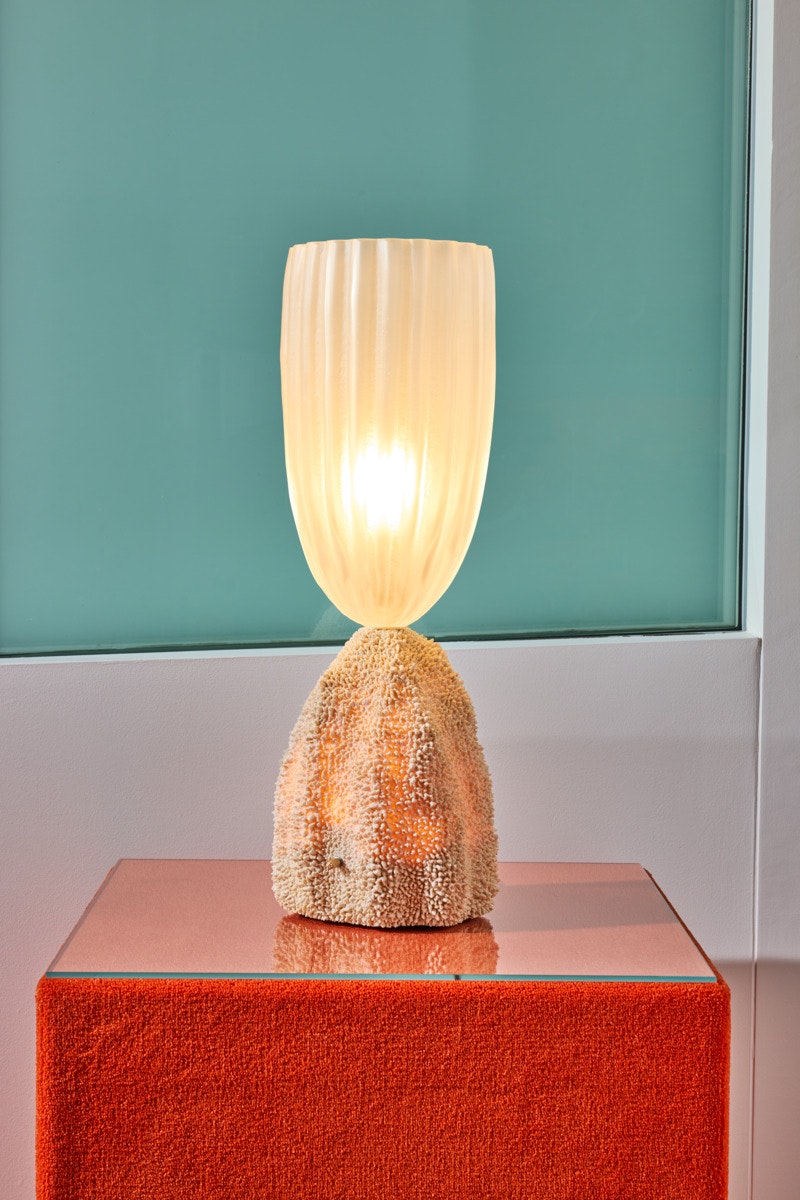
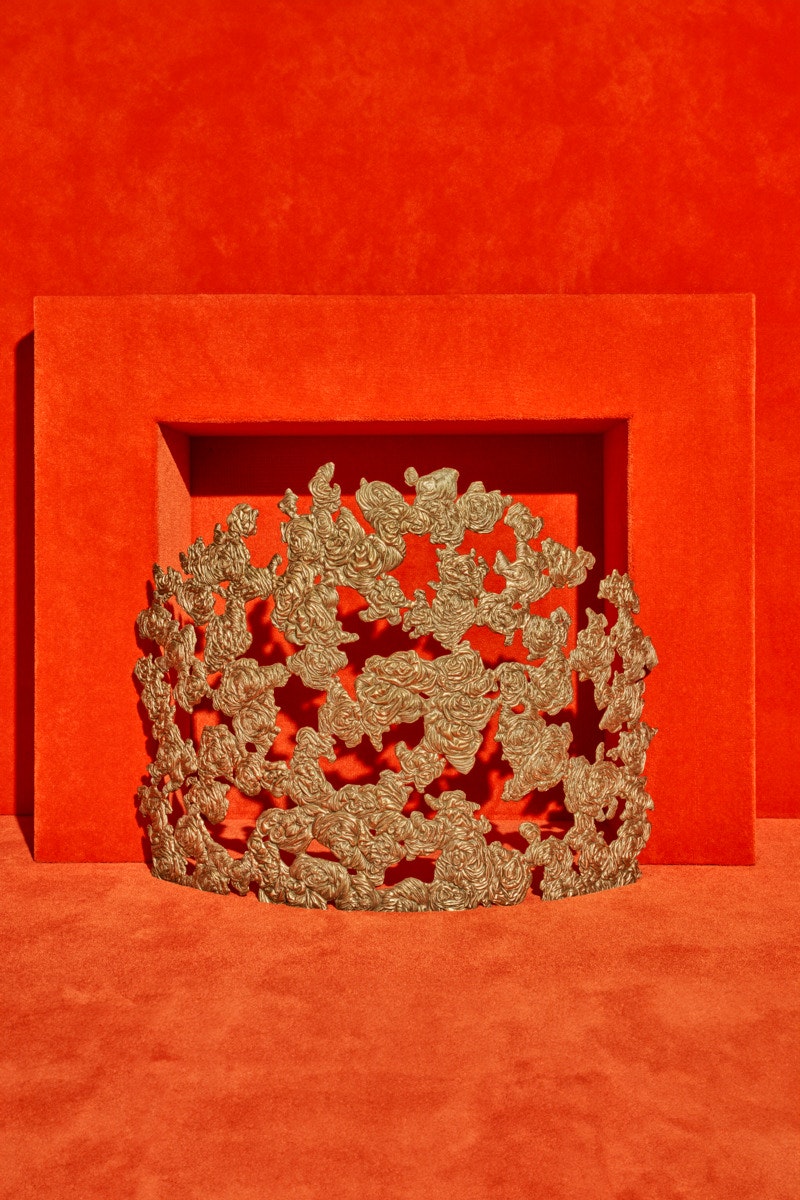
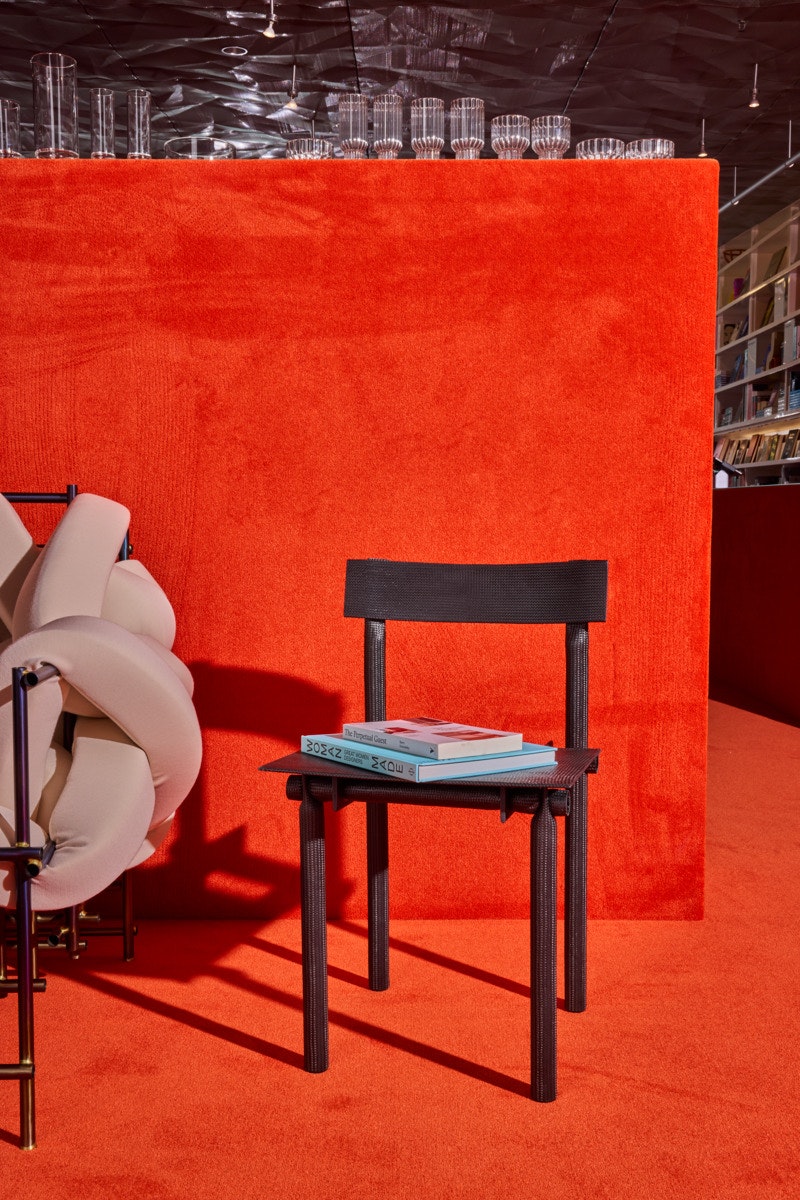
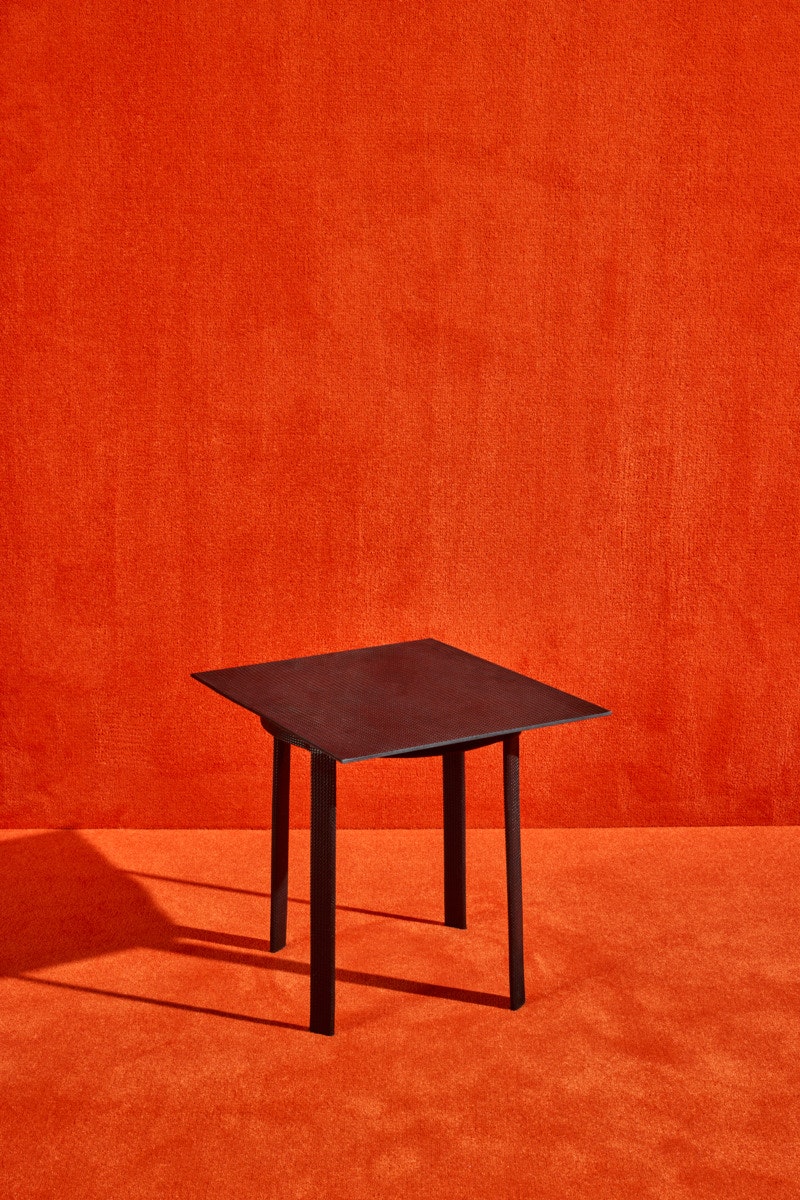
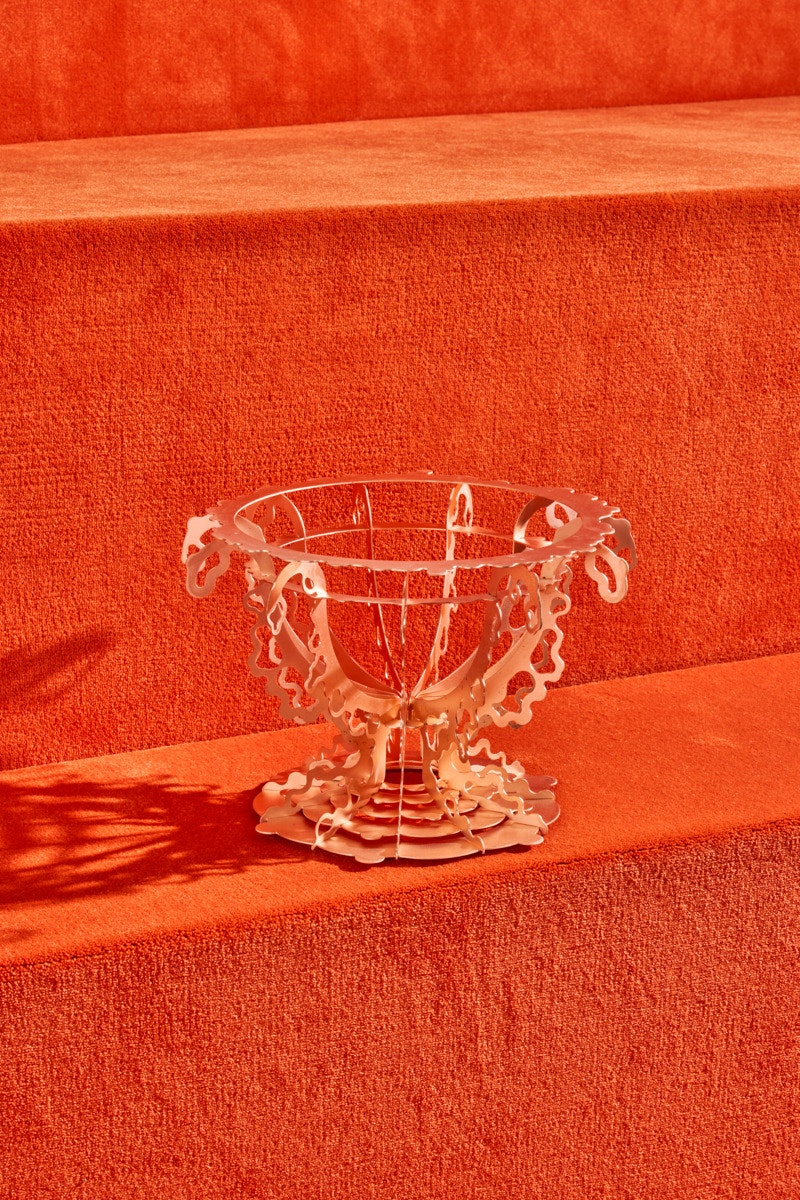
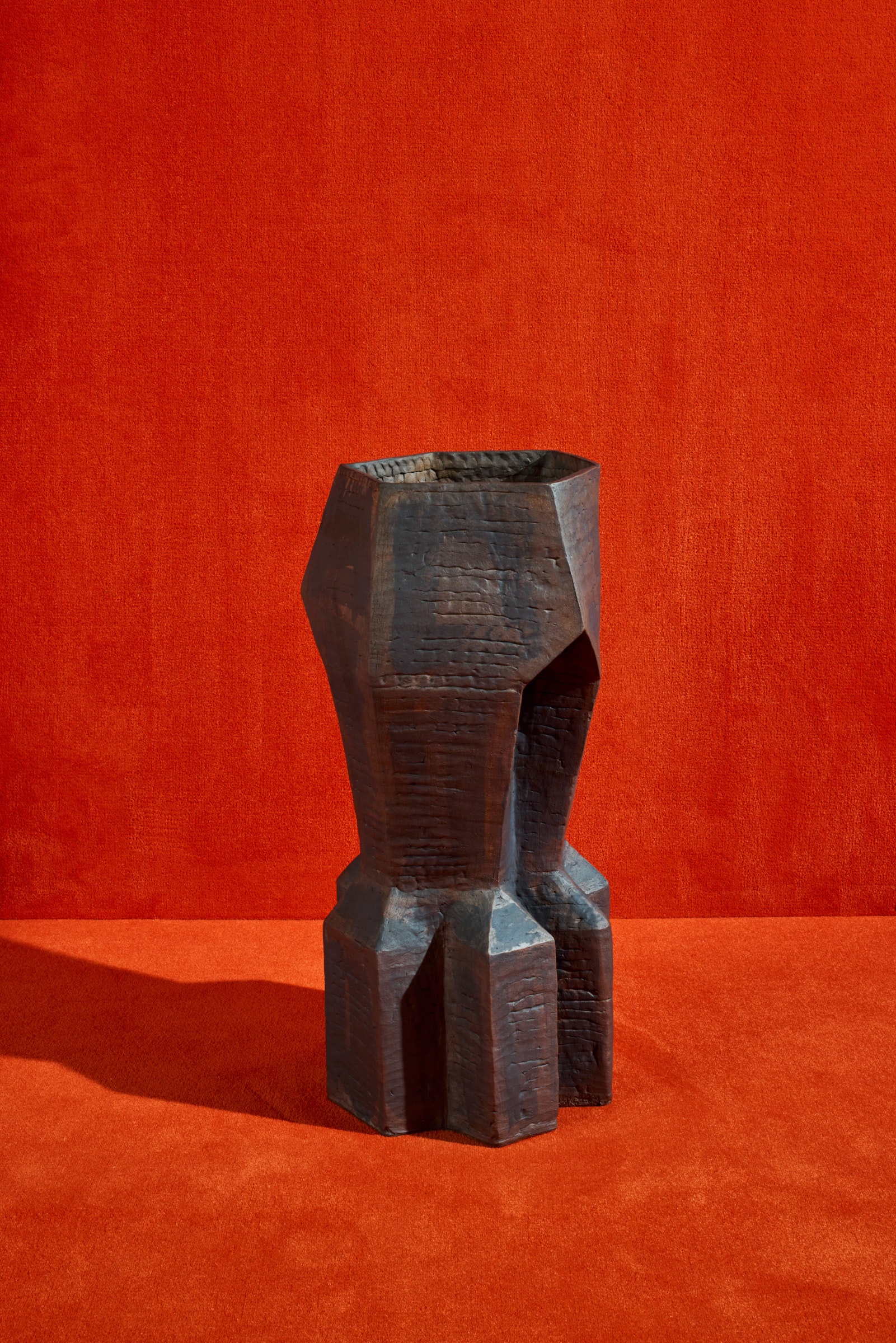
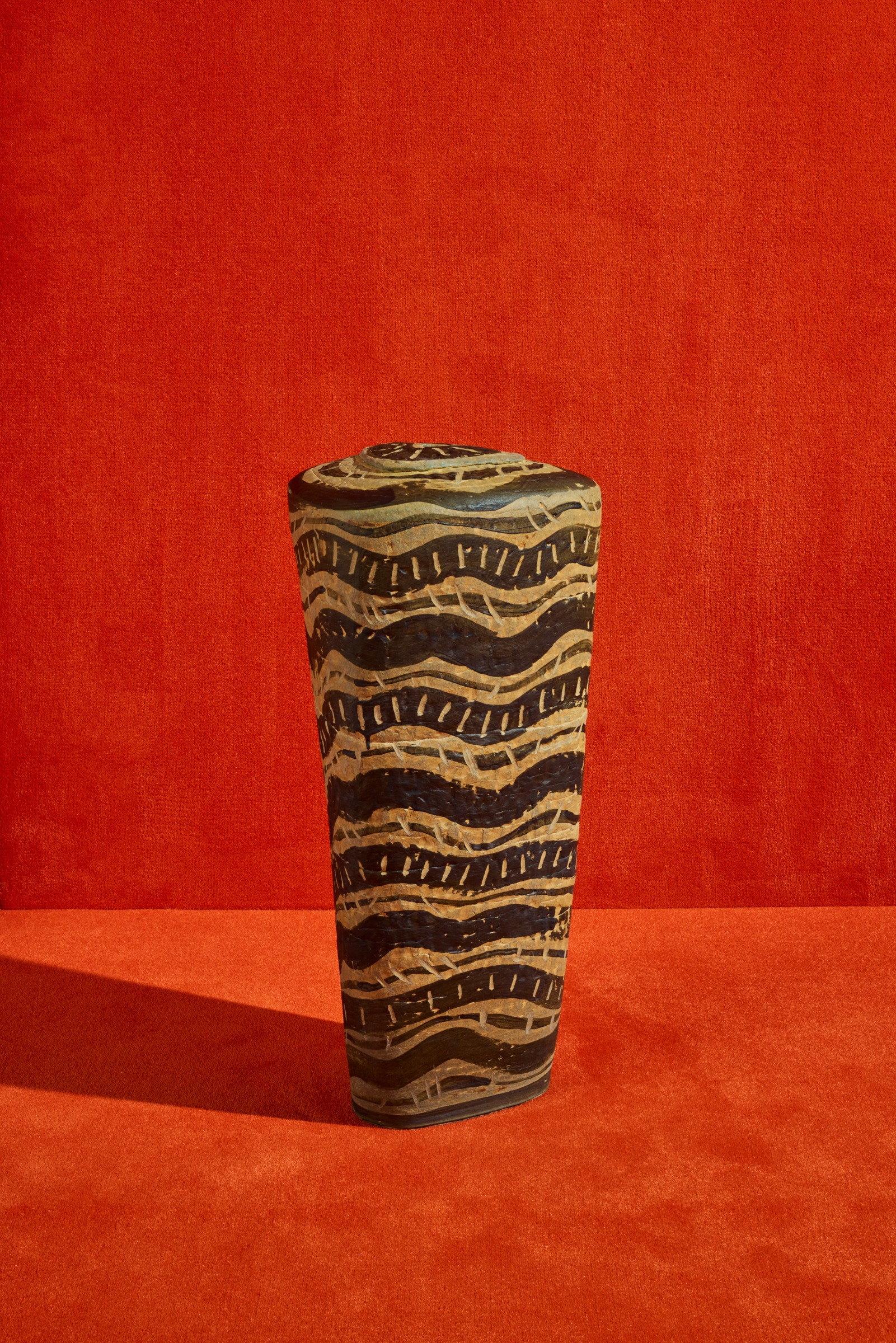
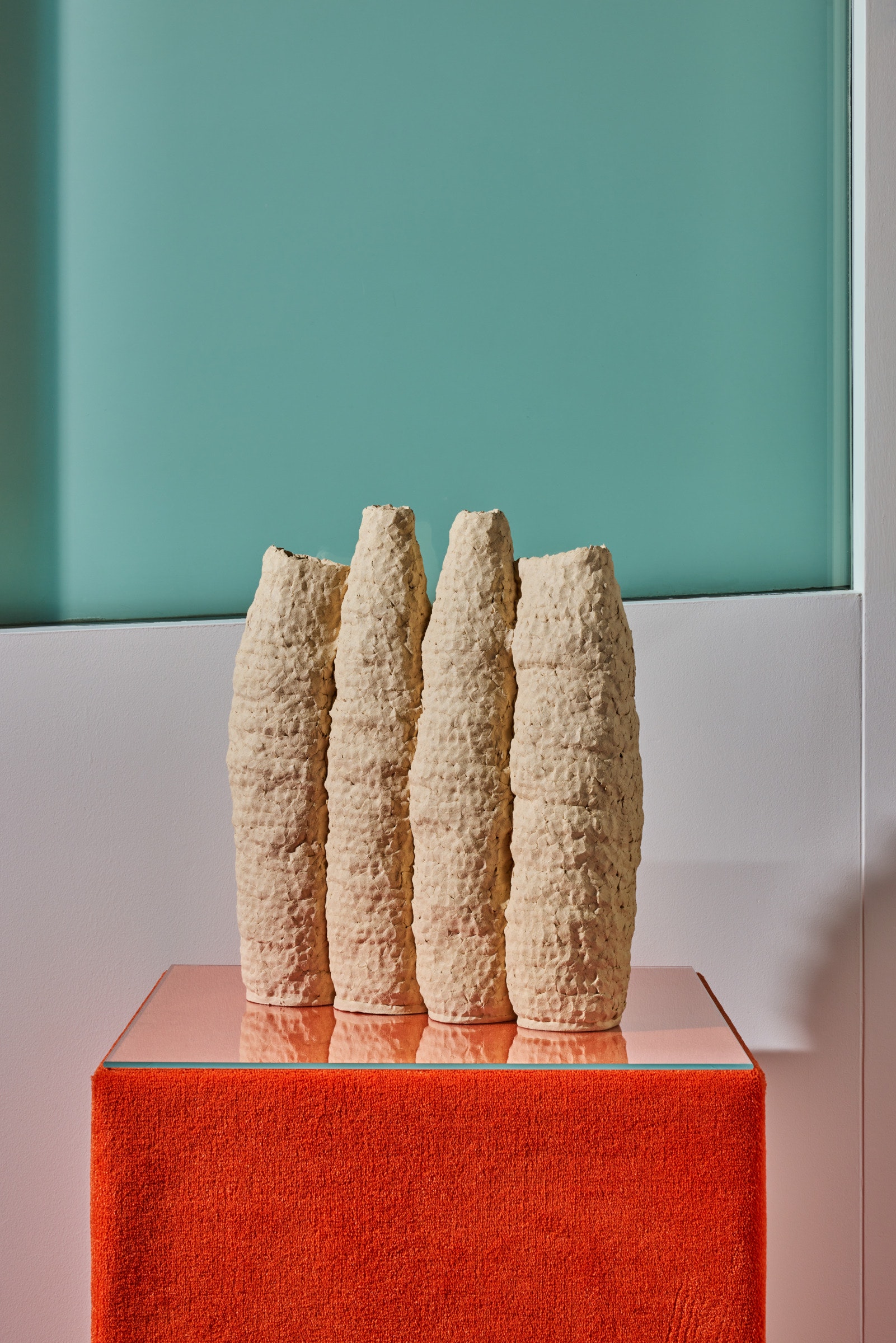
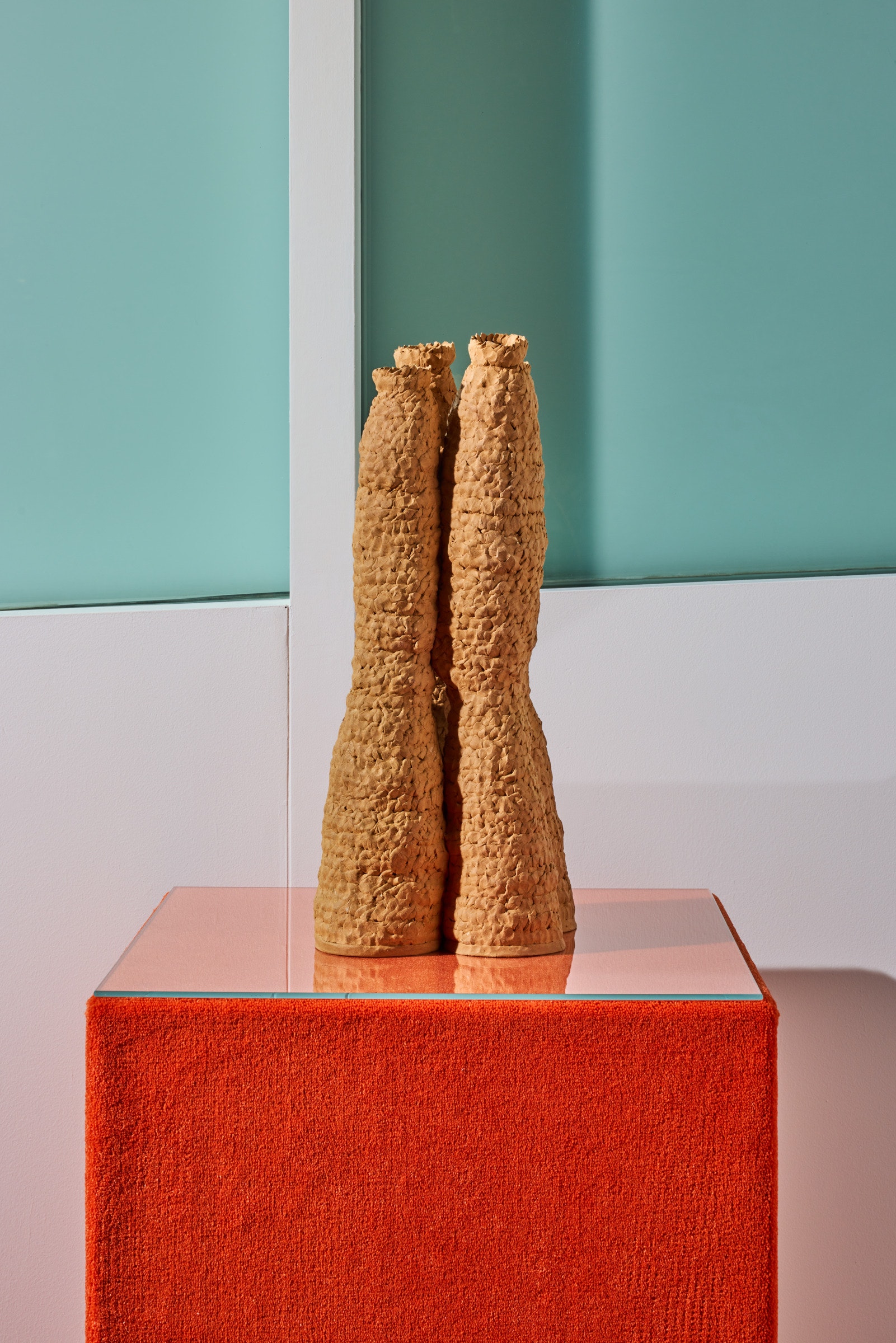
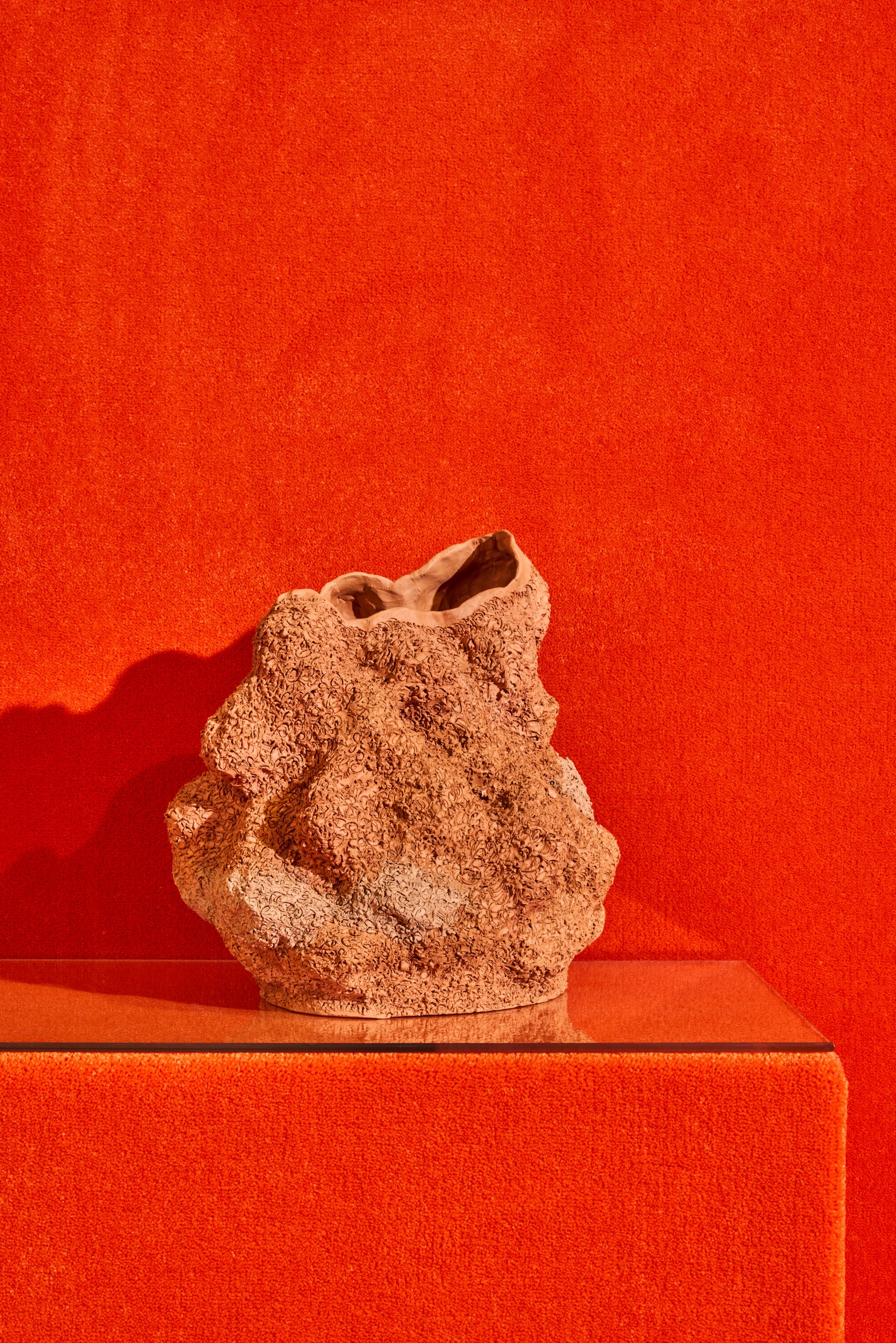
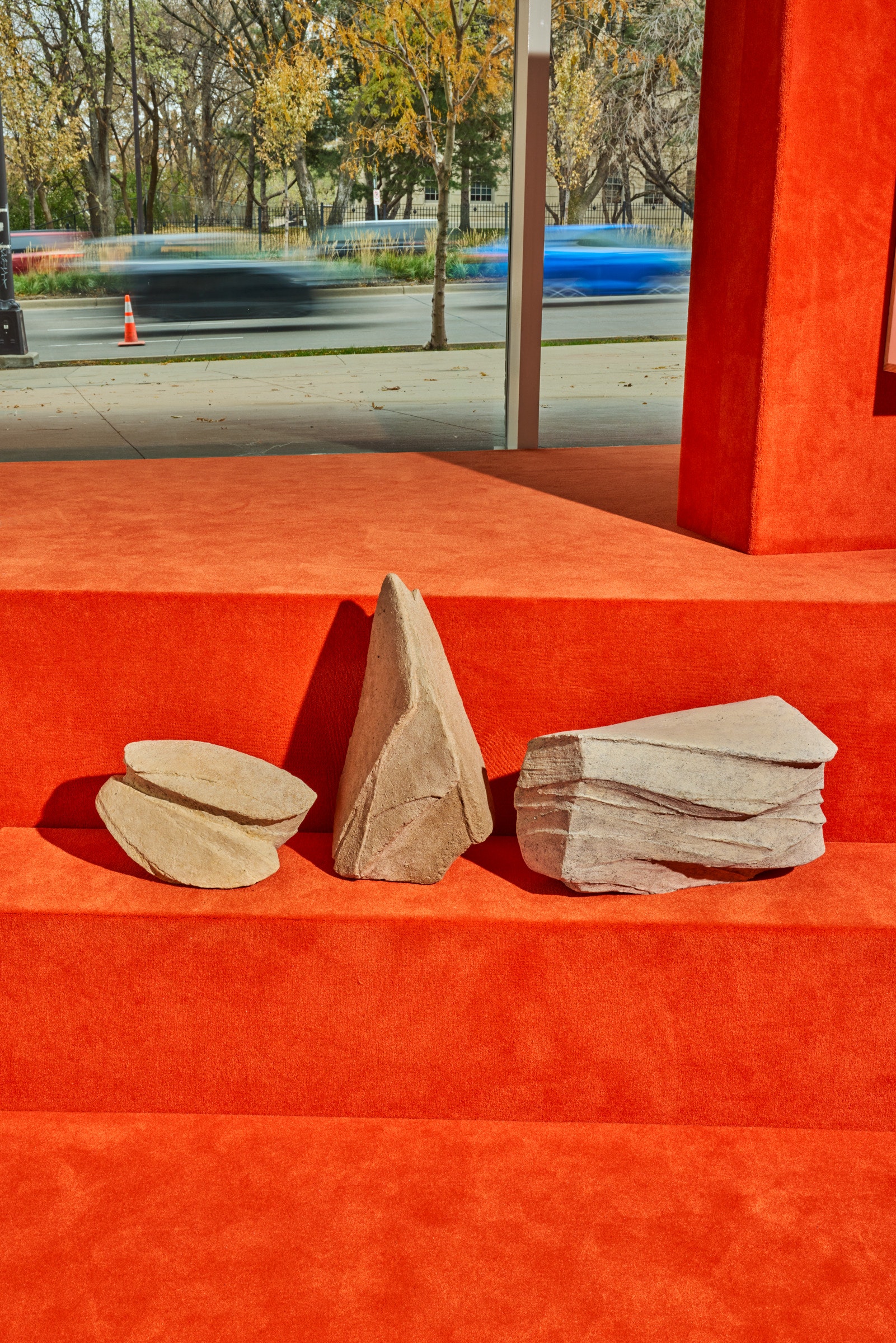
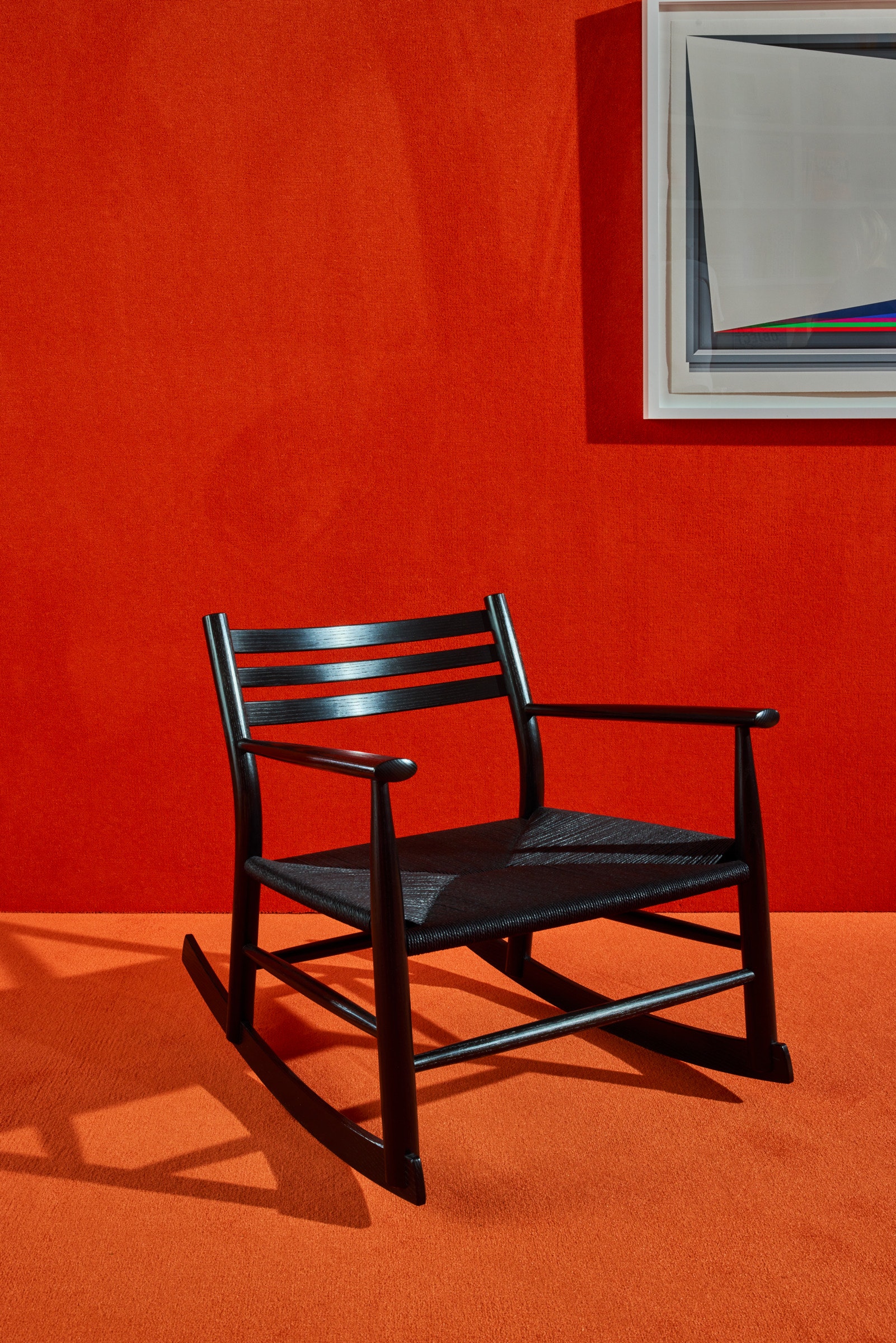
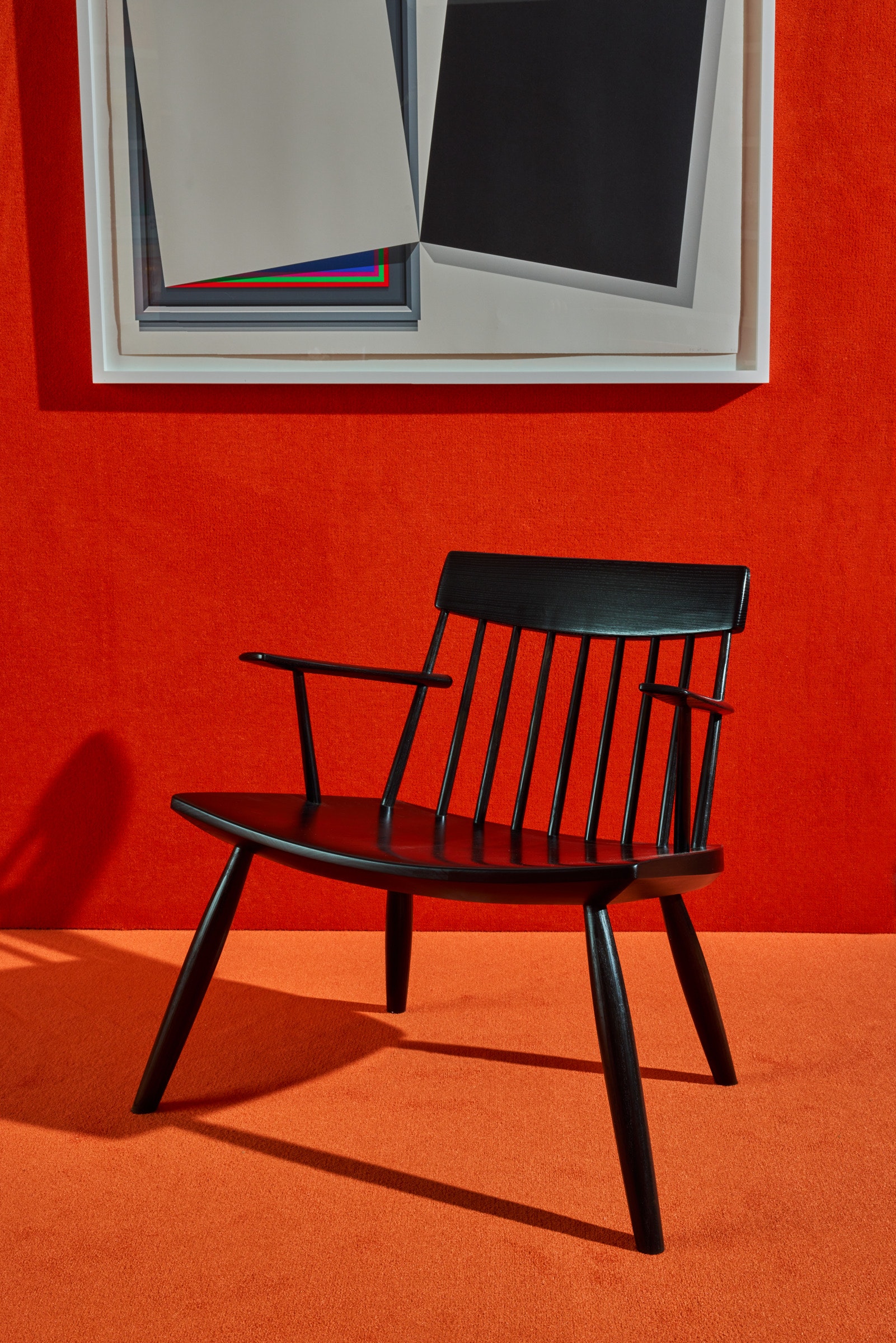
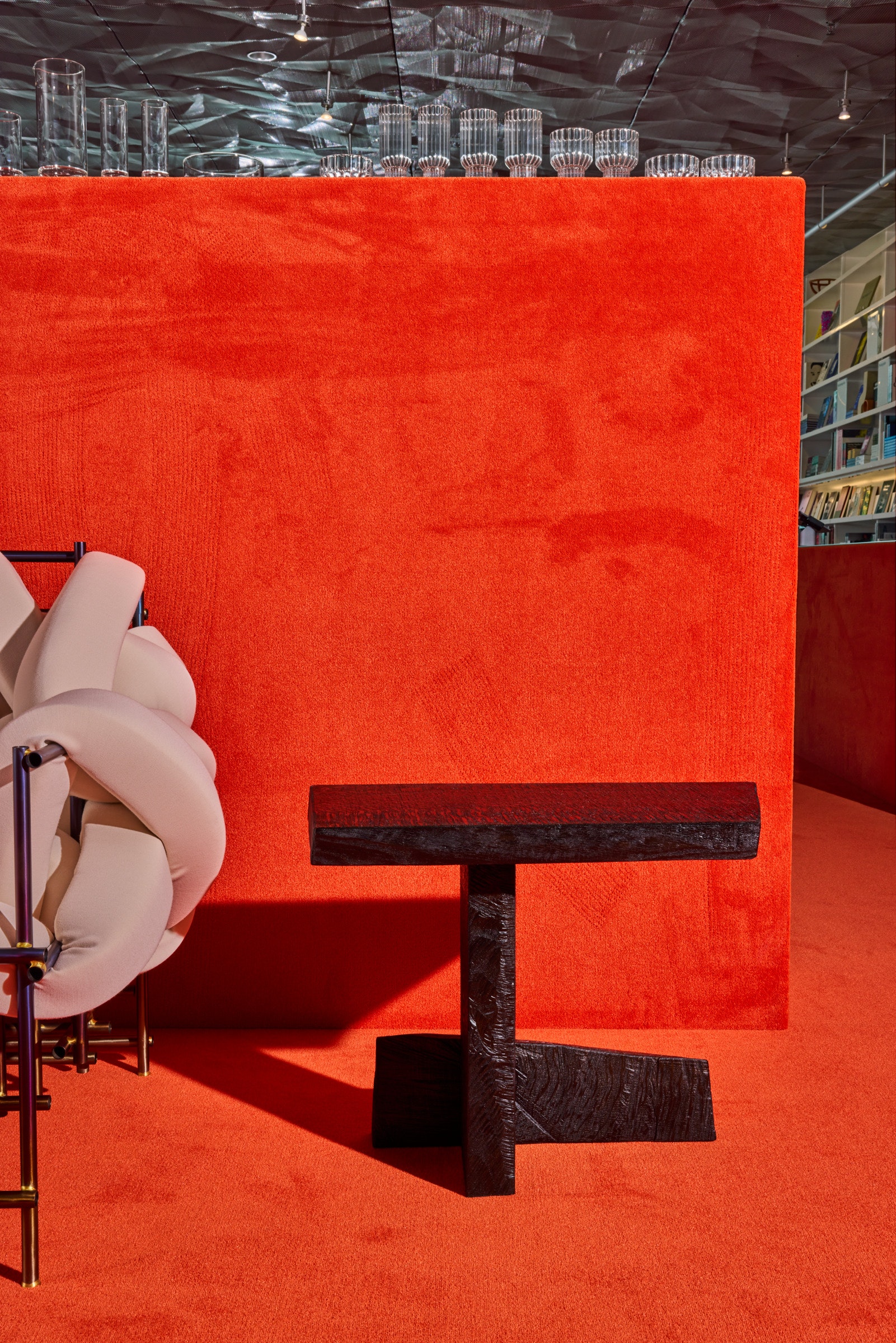
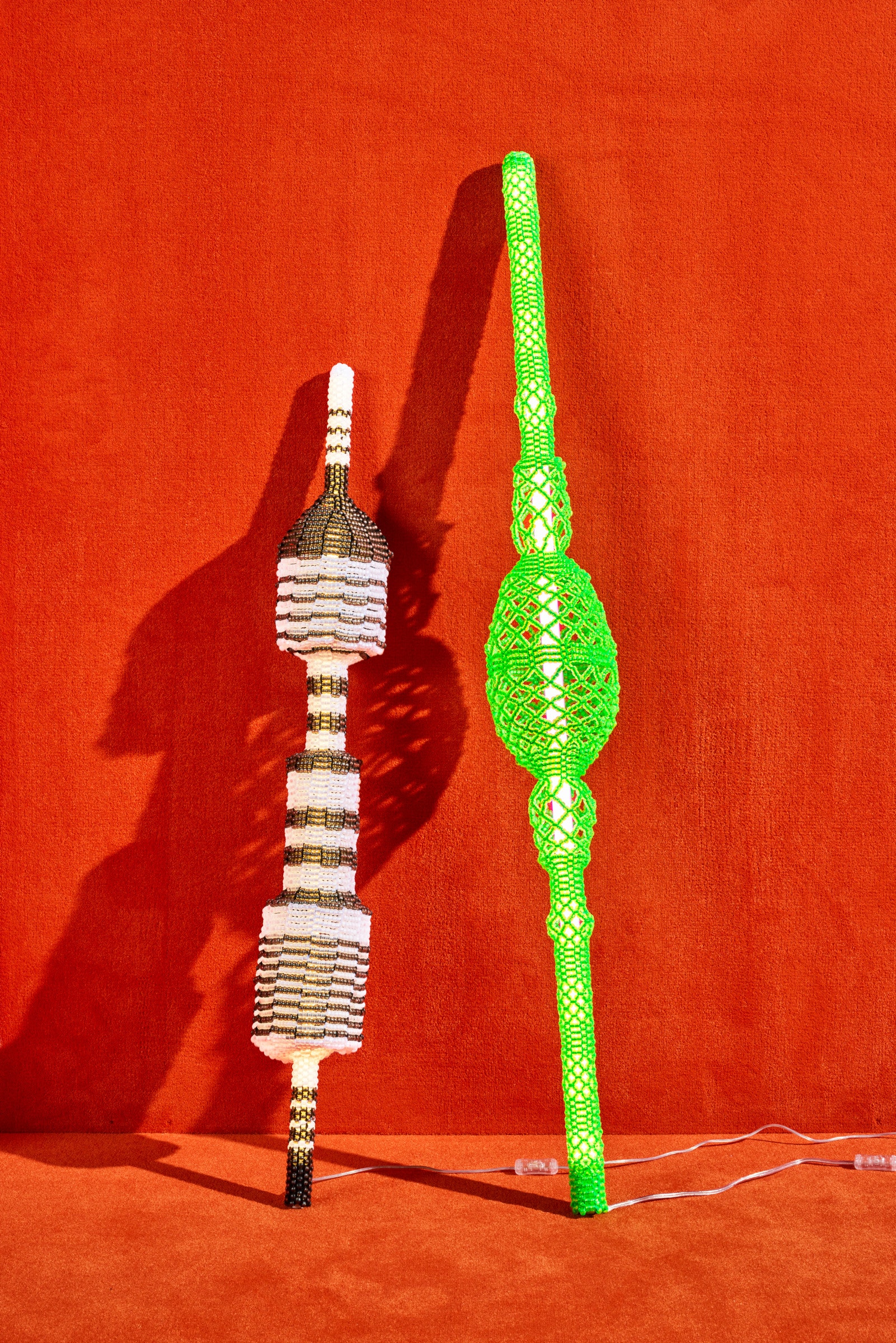
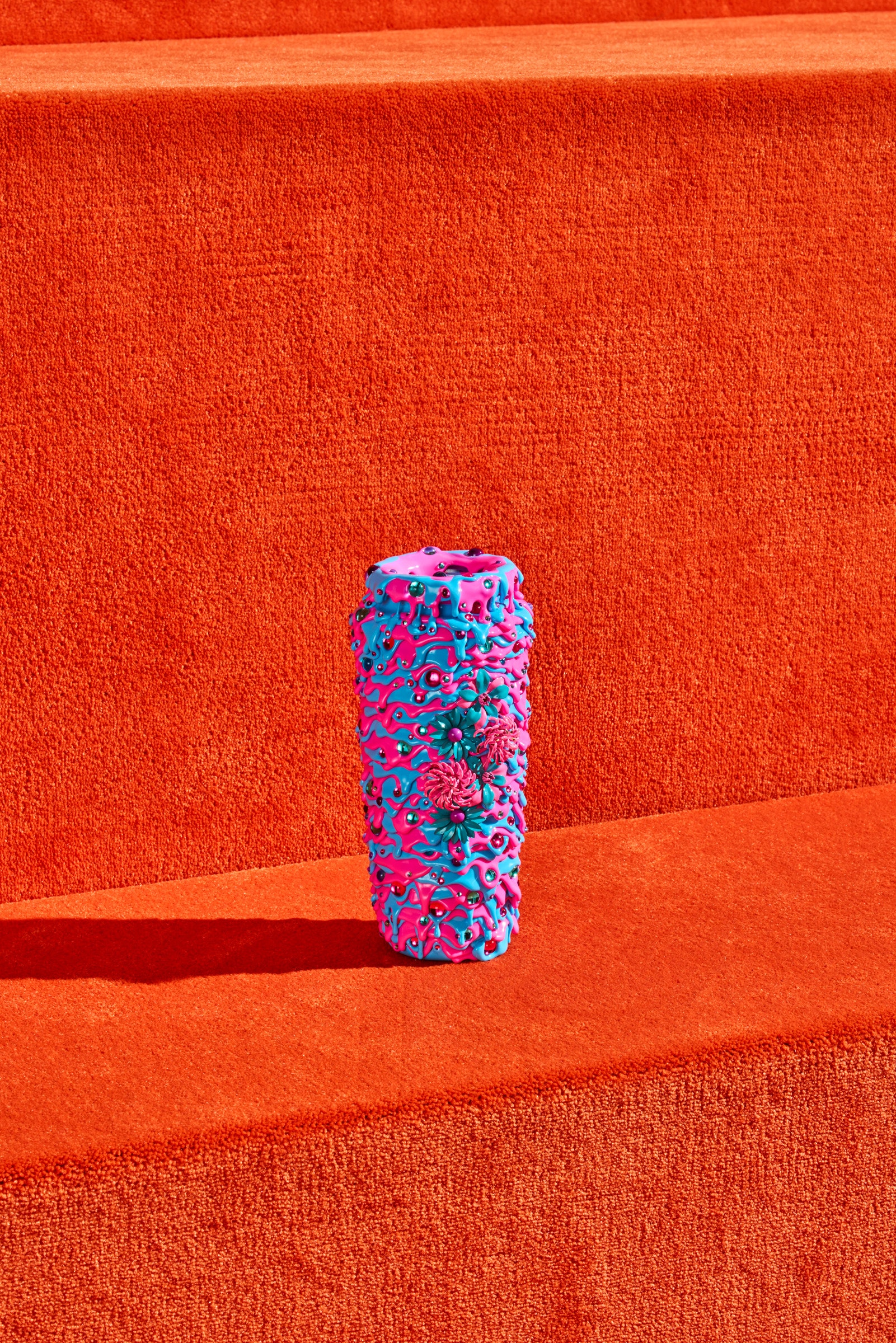
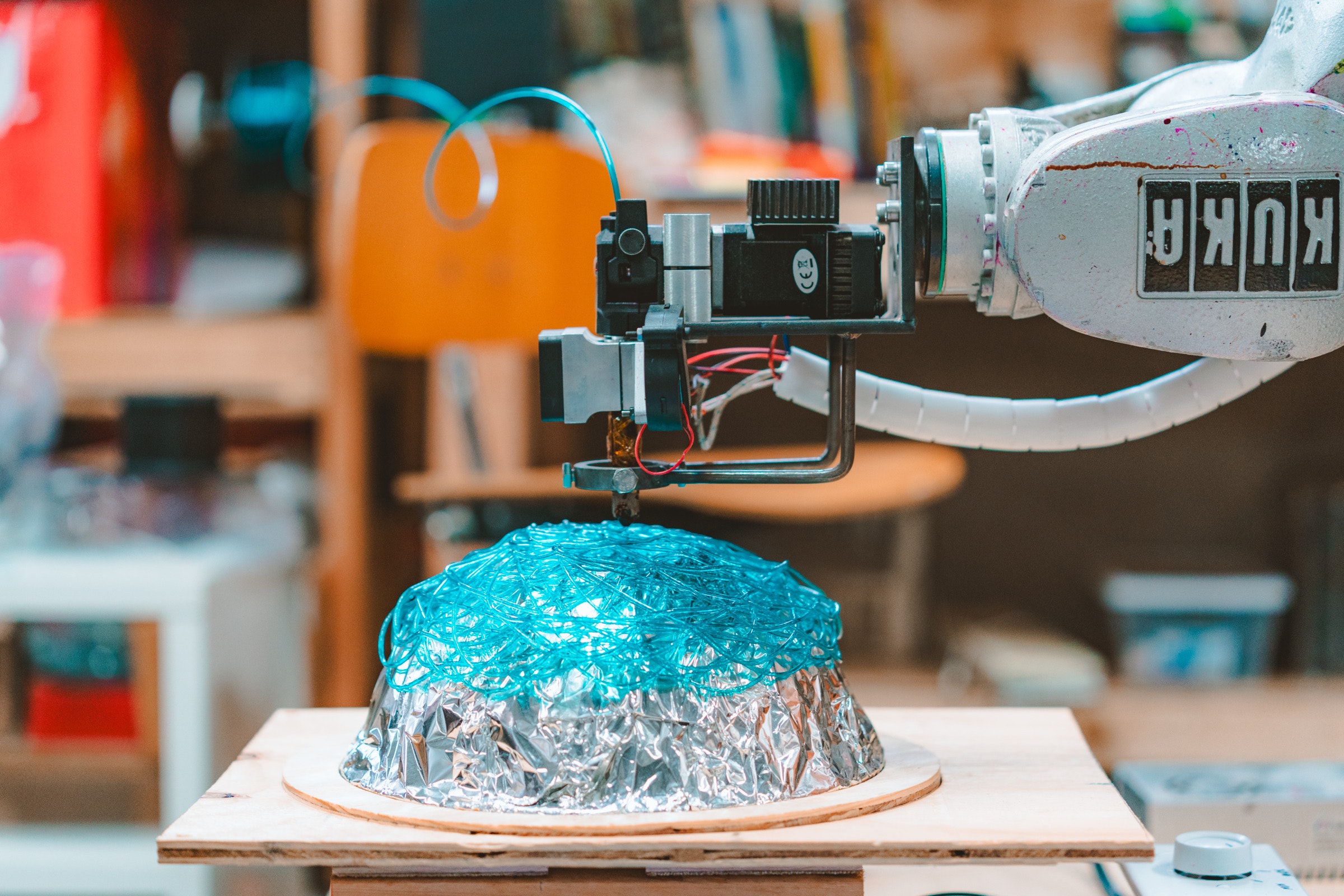
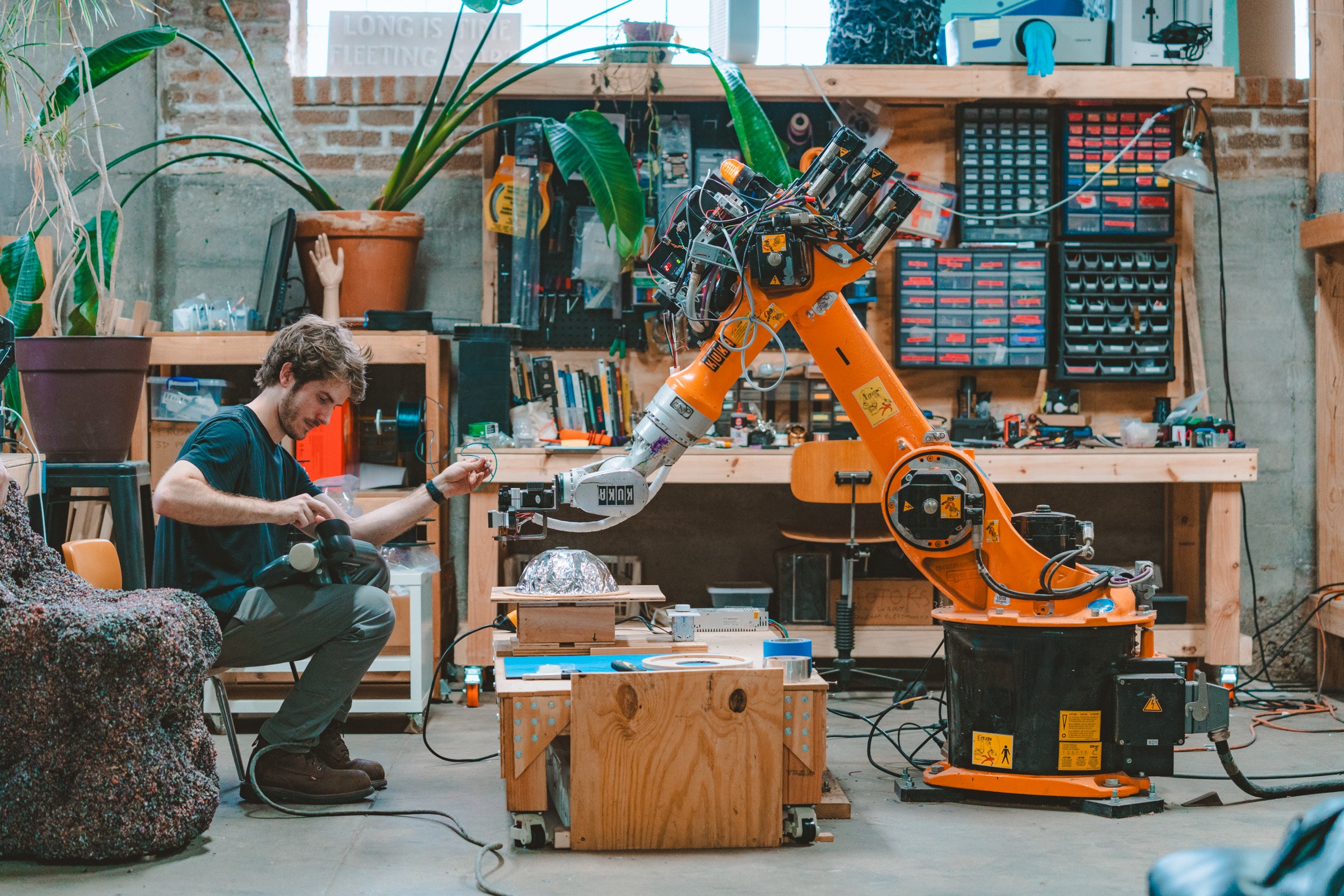
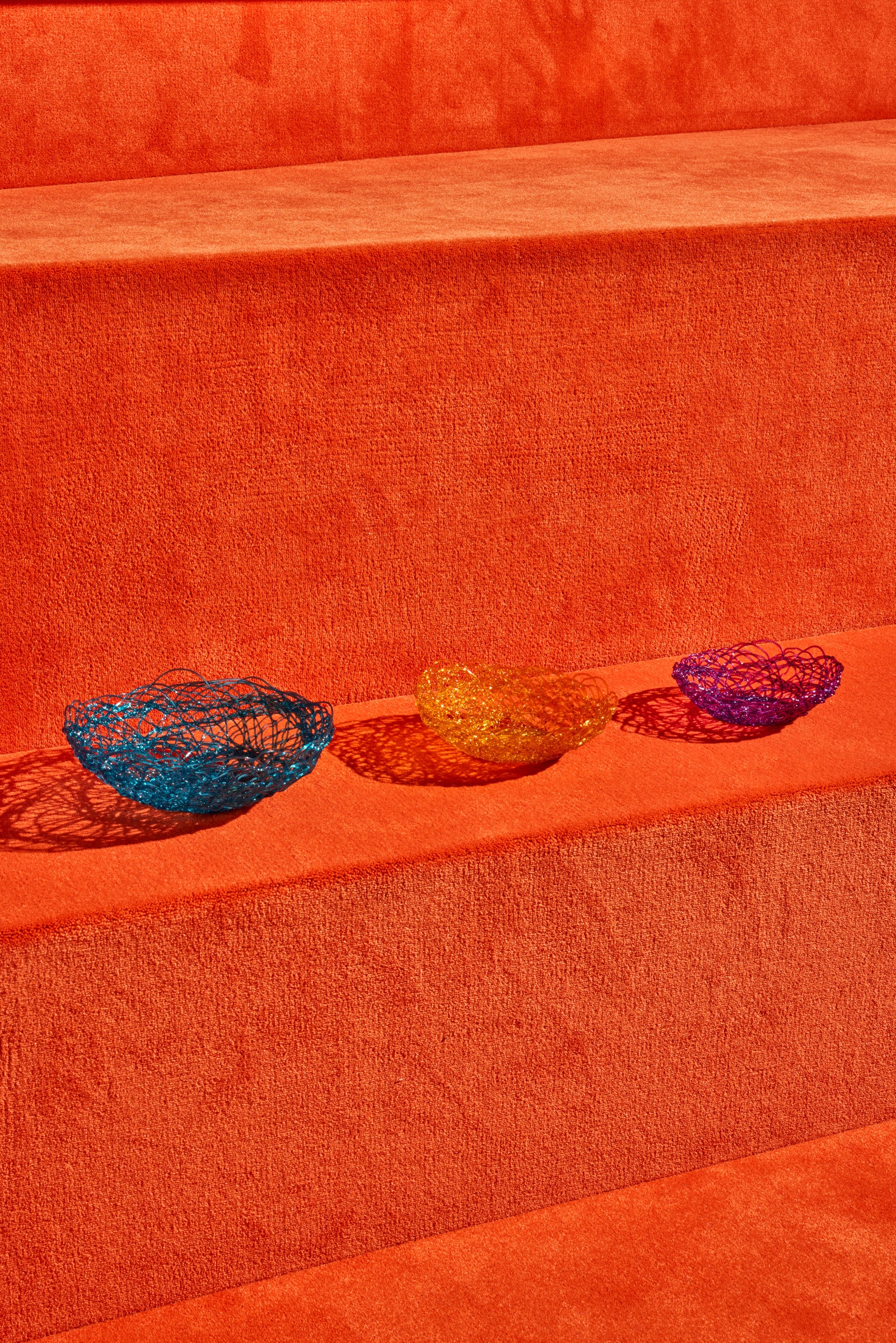
)
)
)
)
)
)
)